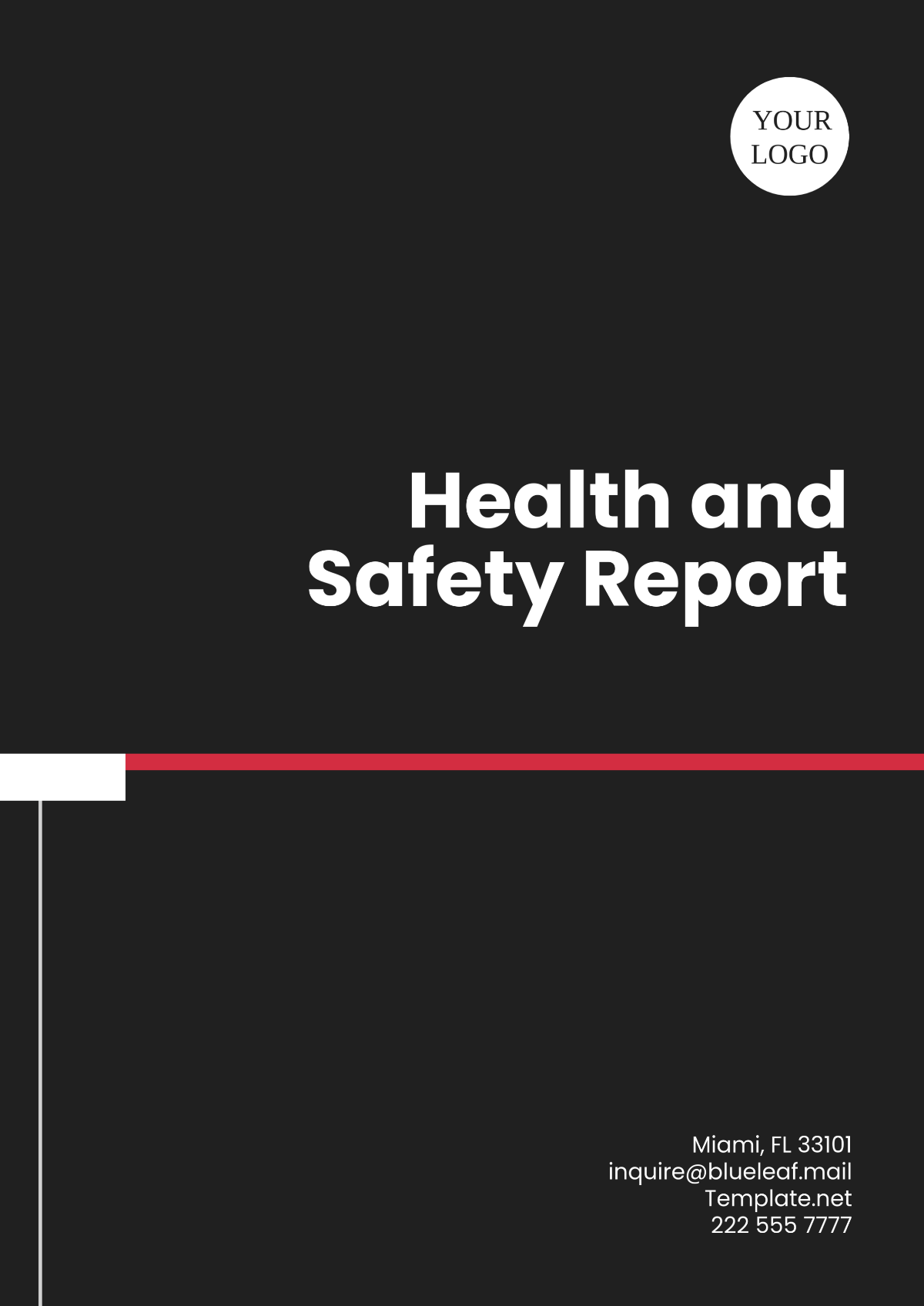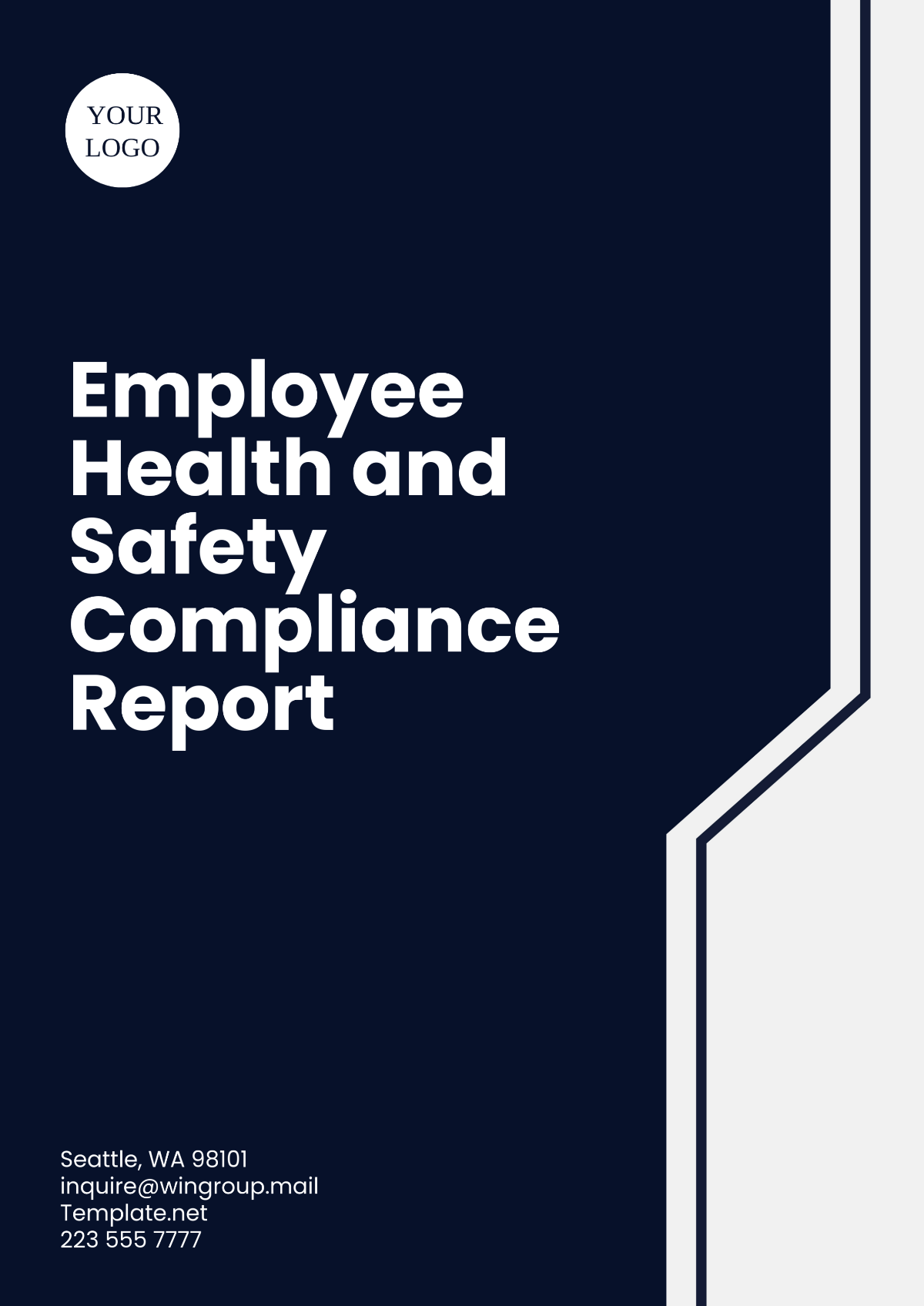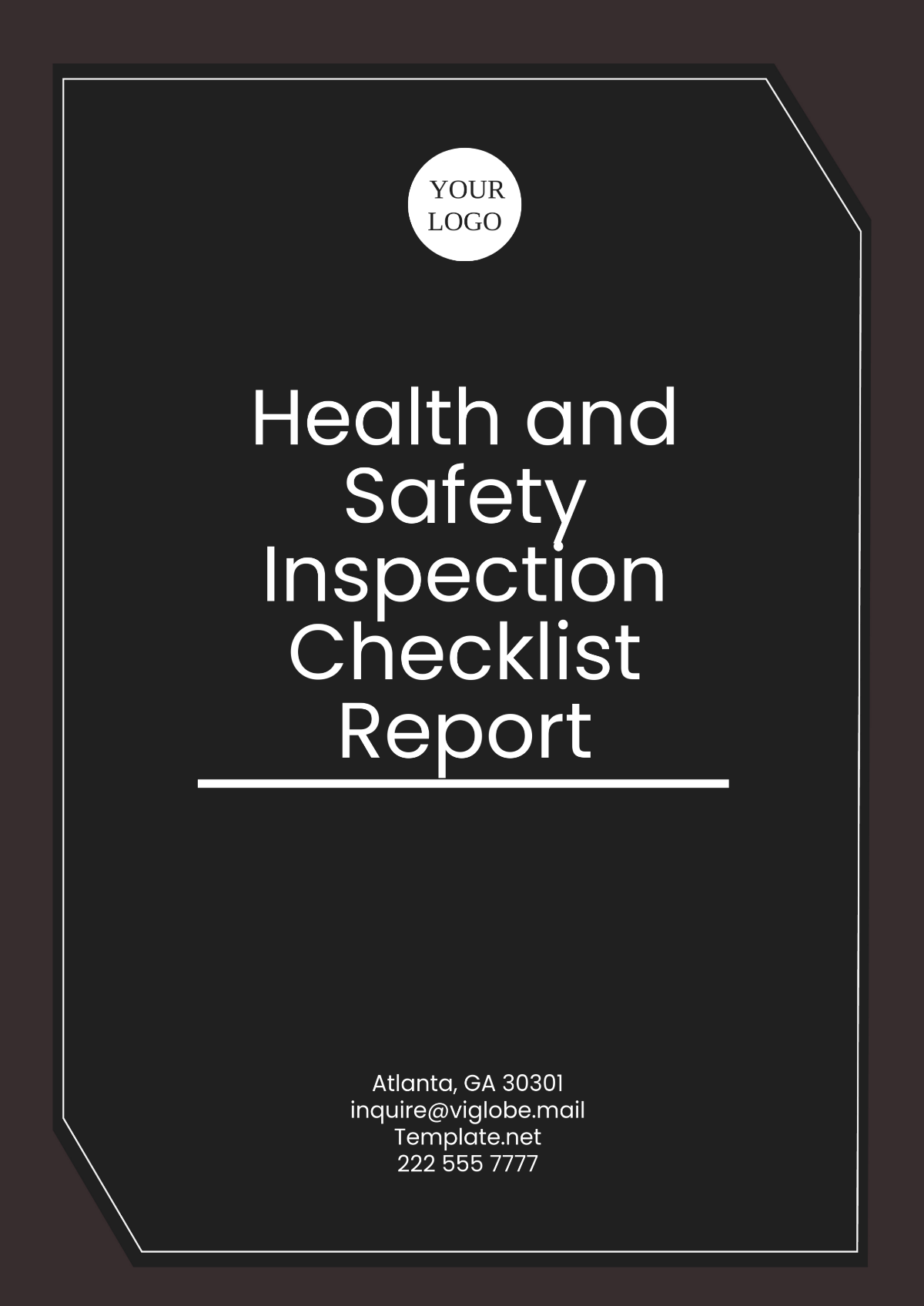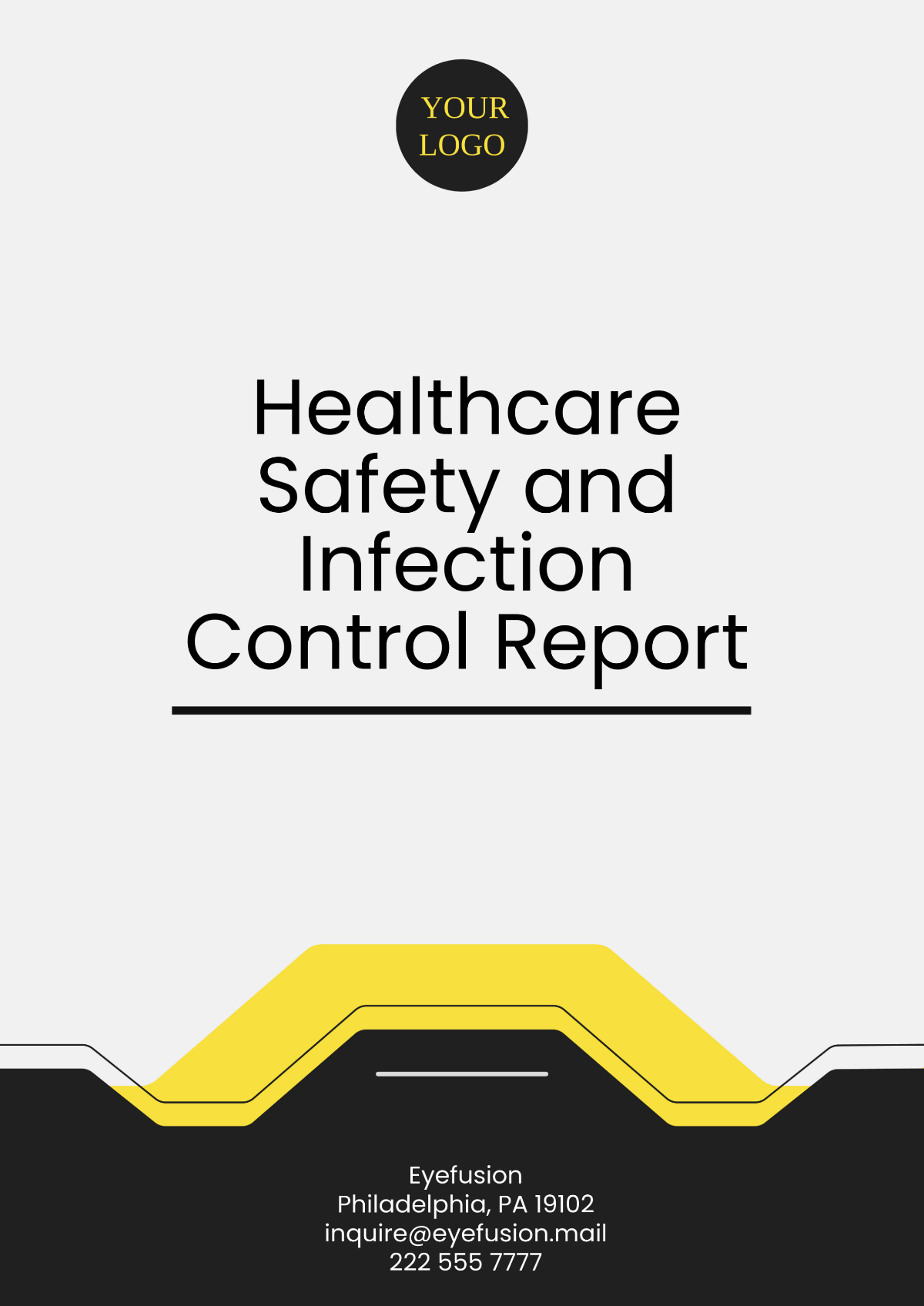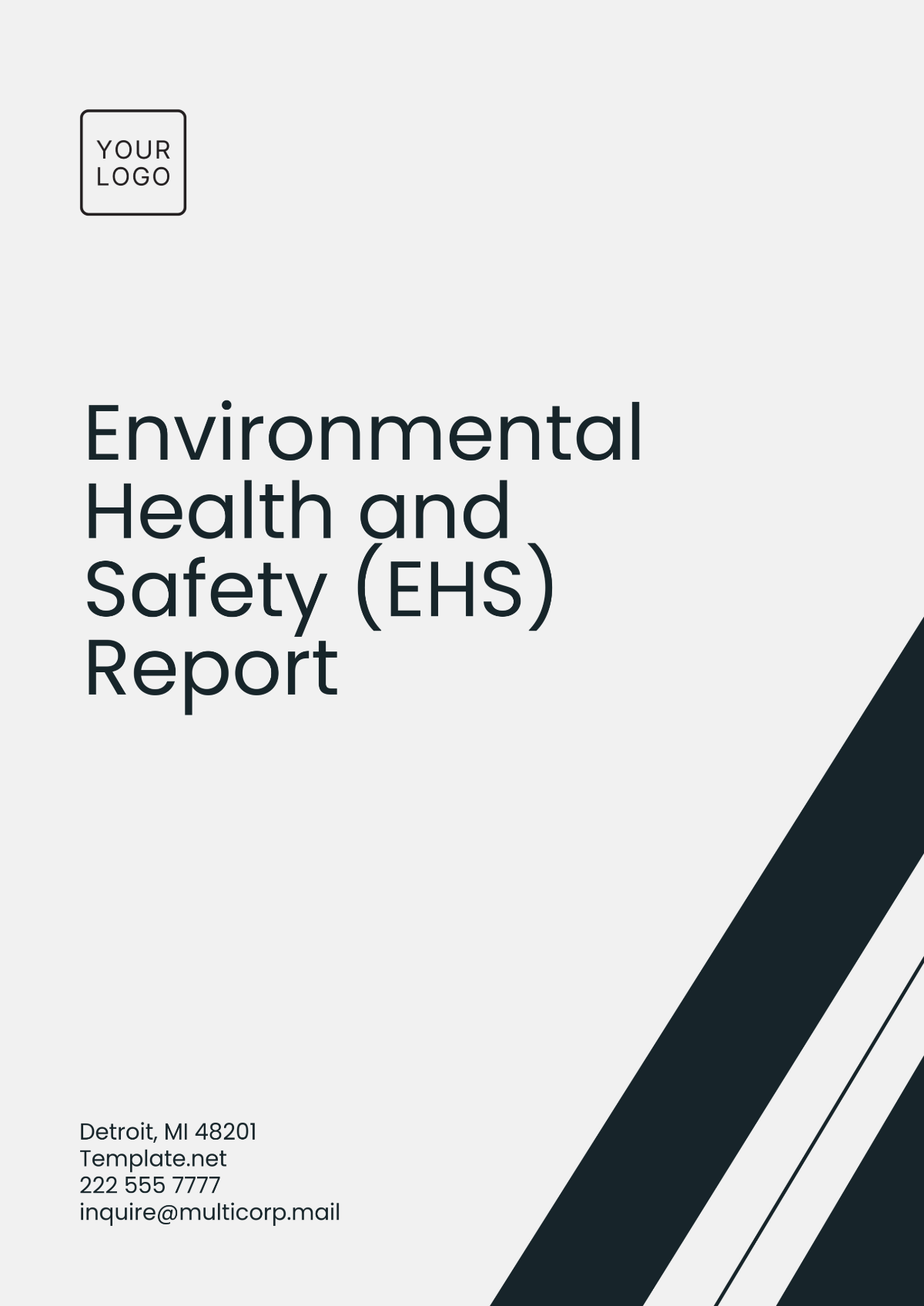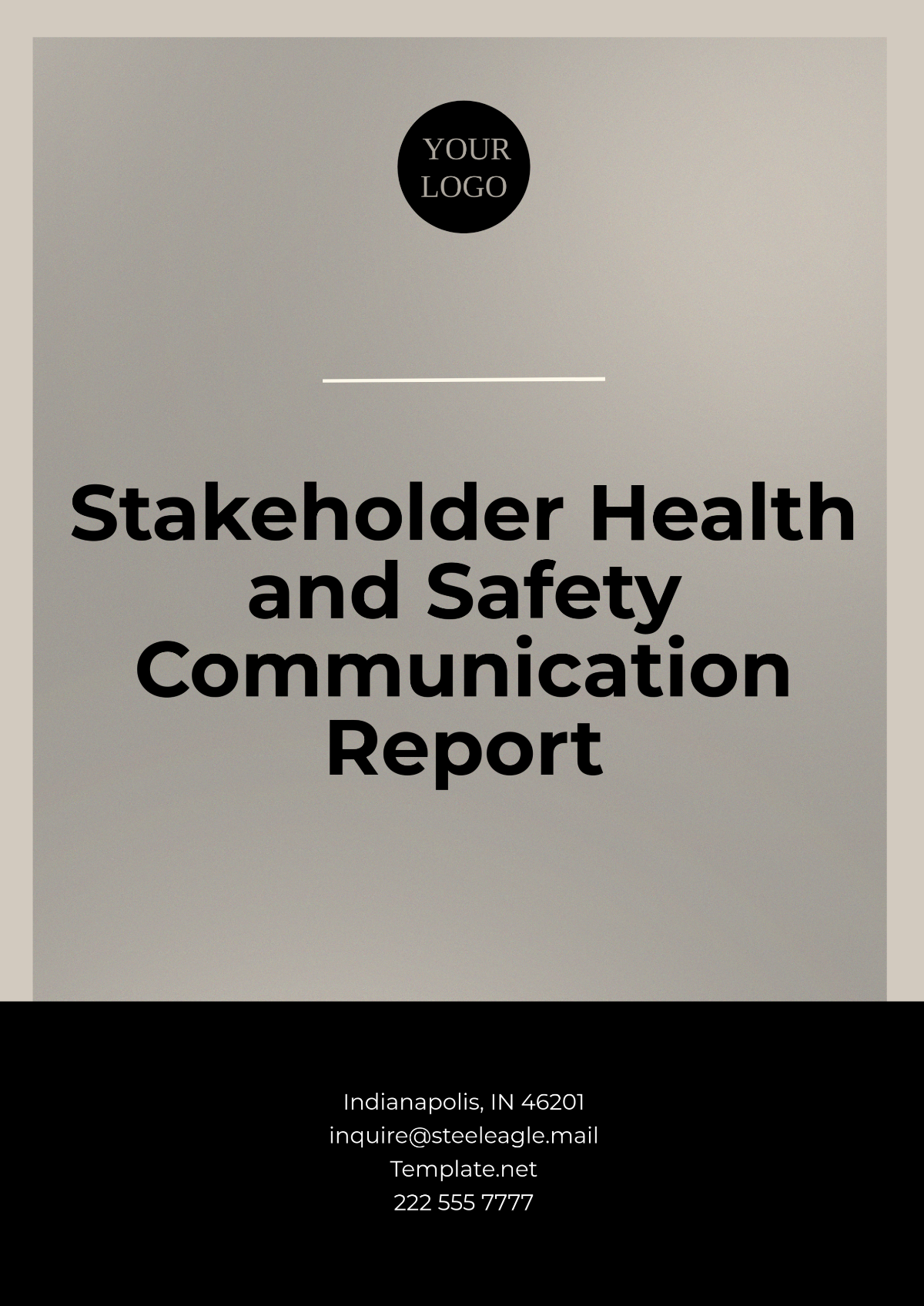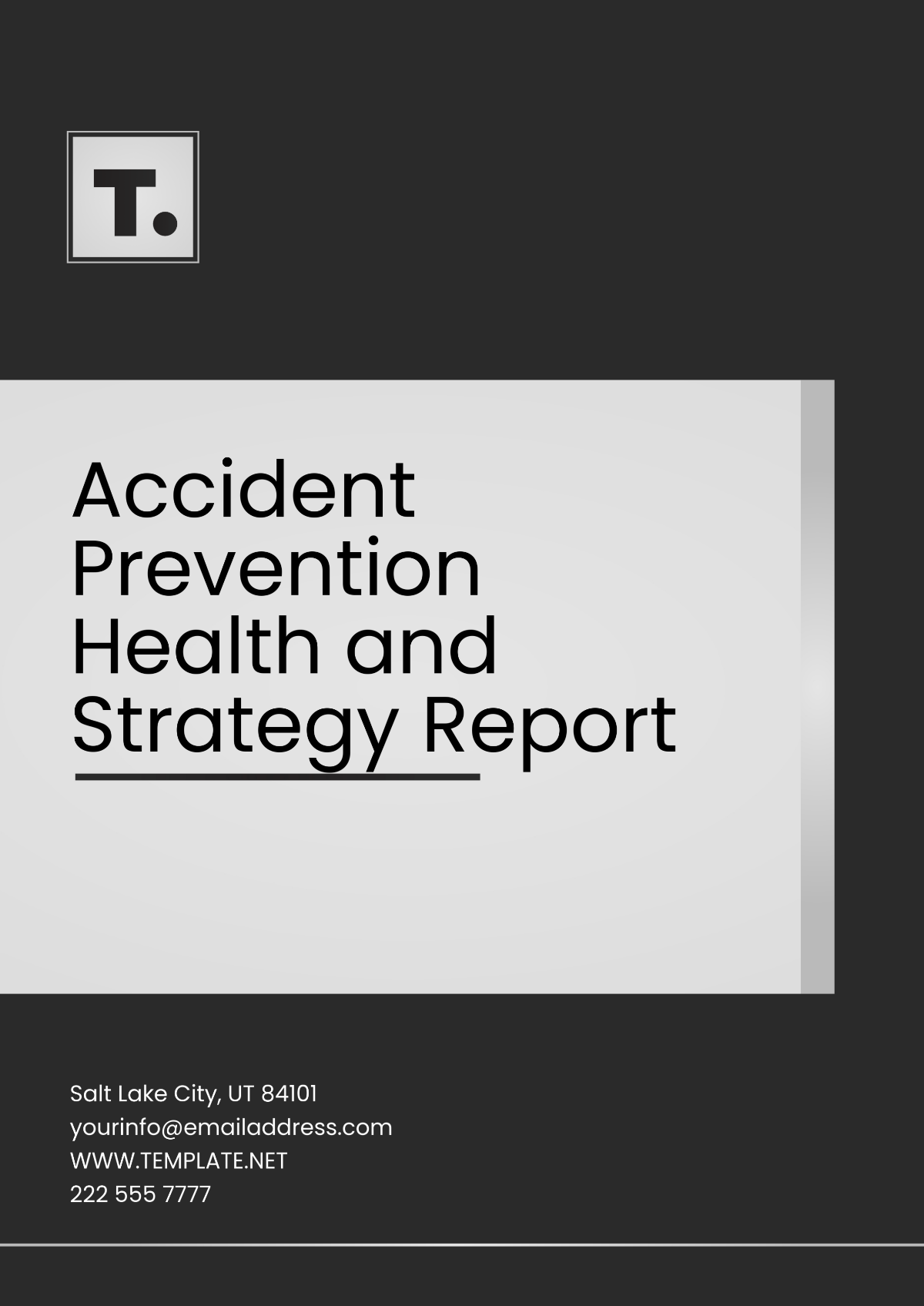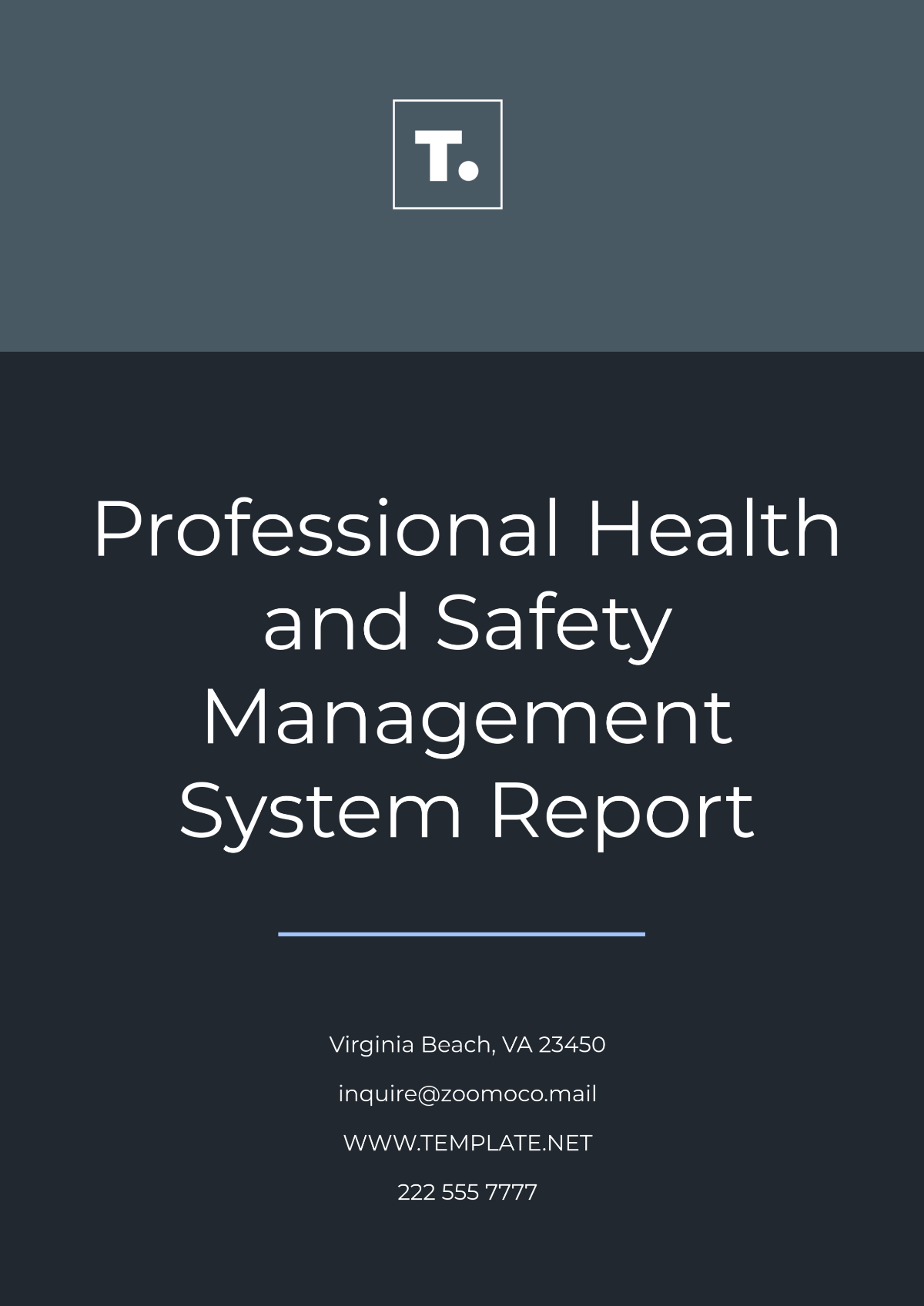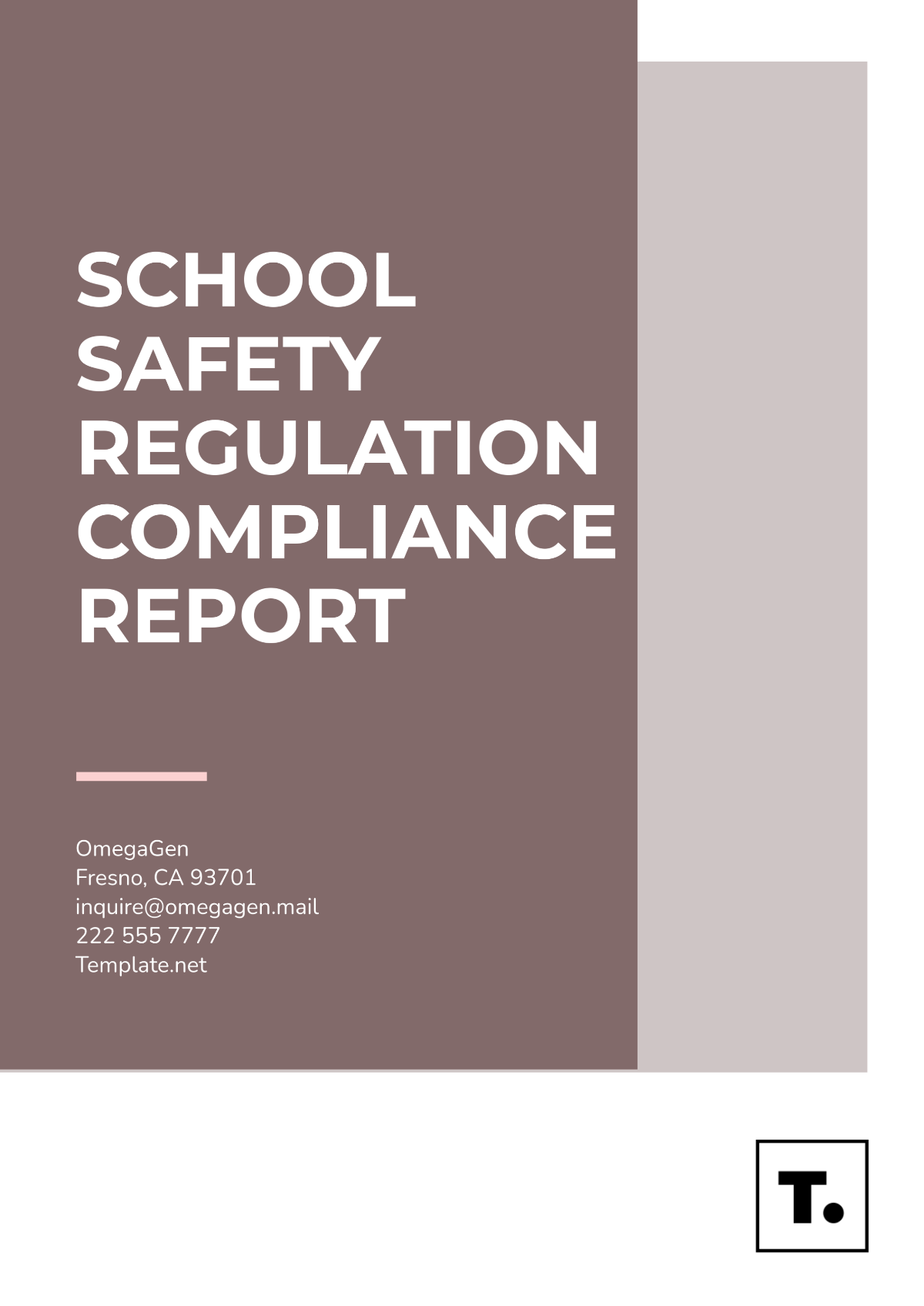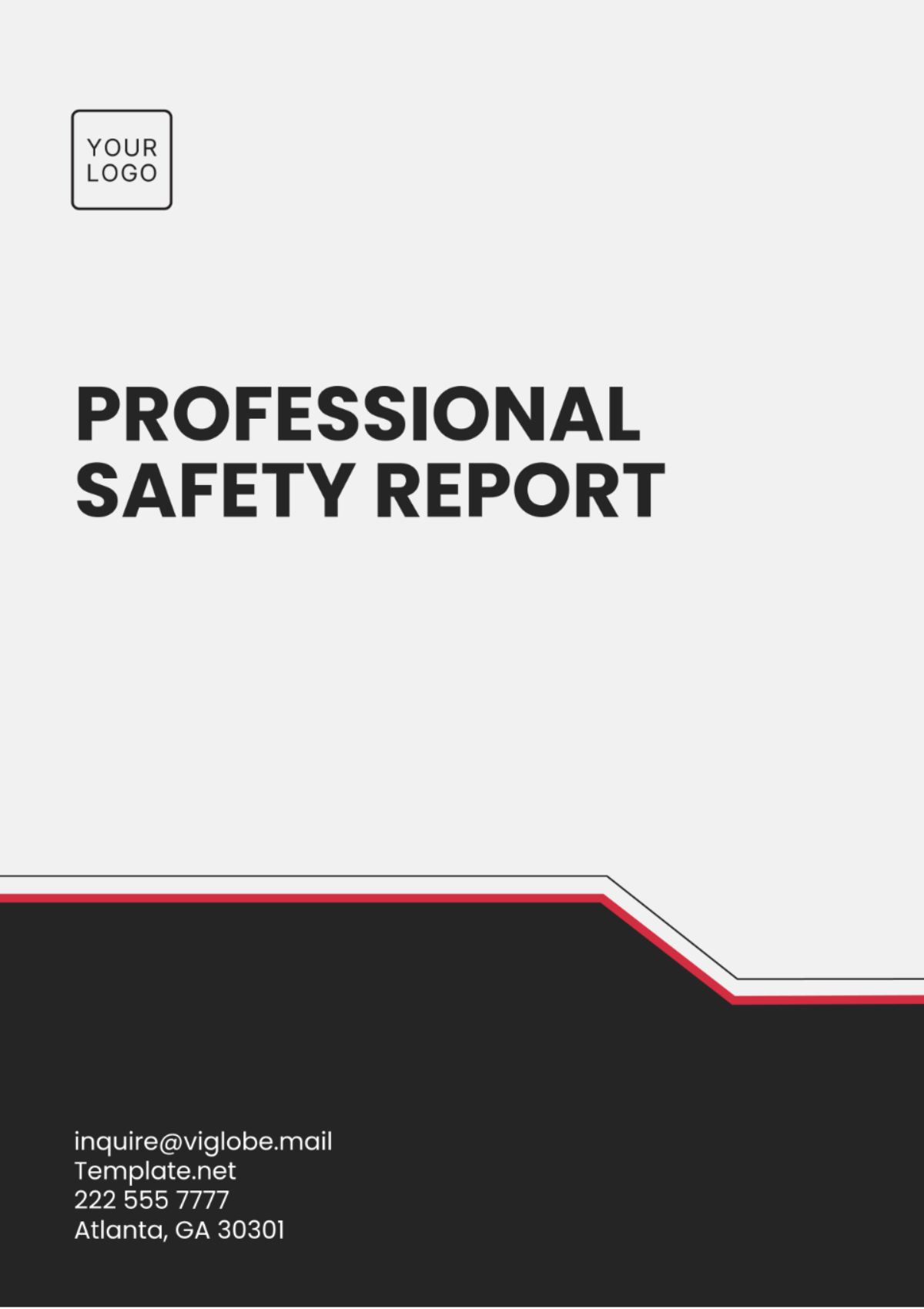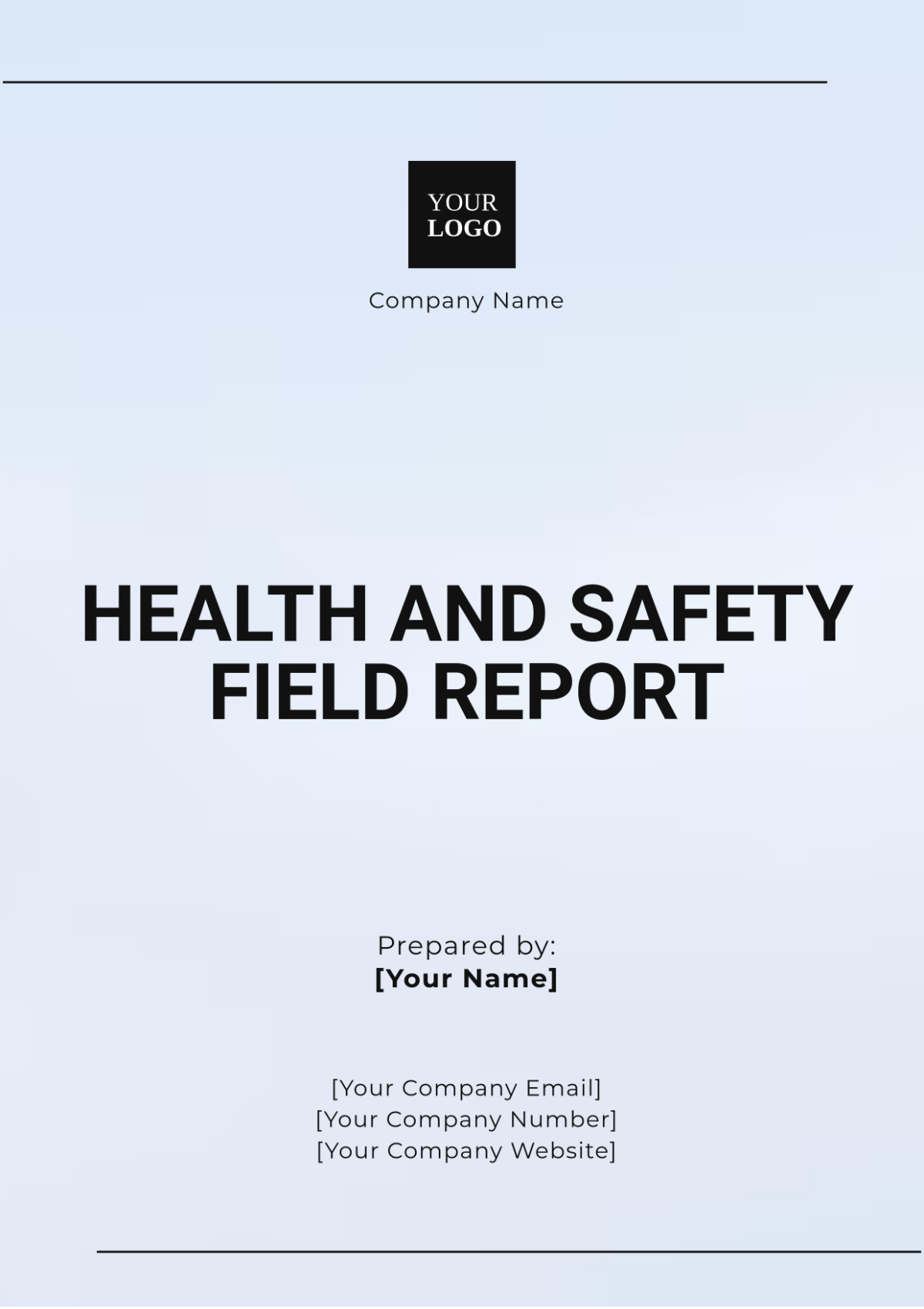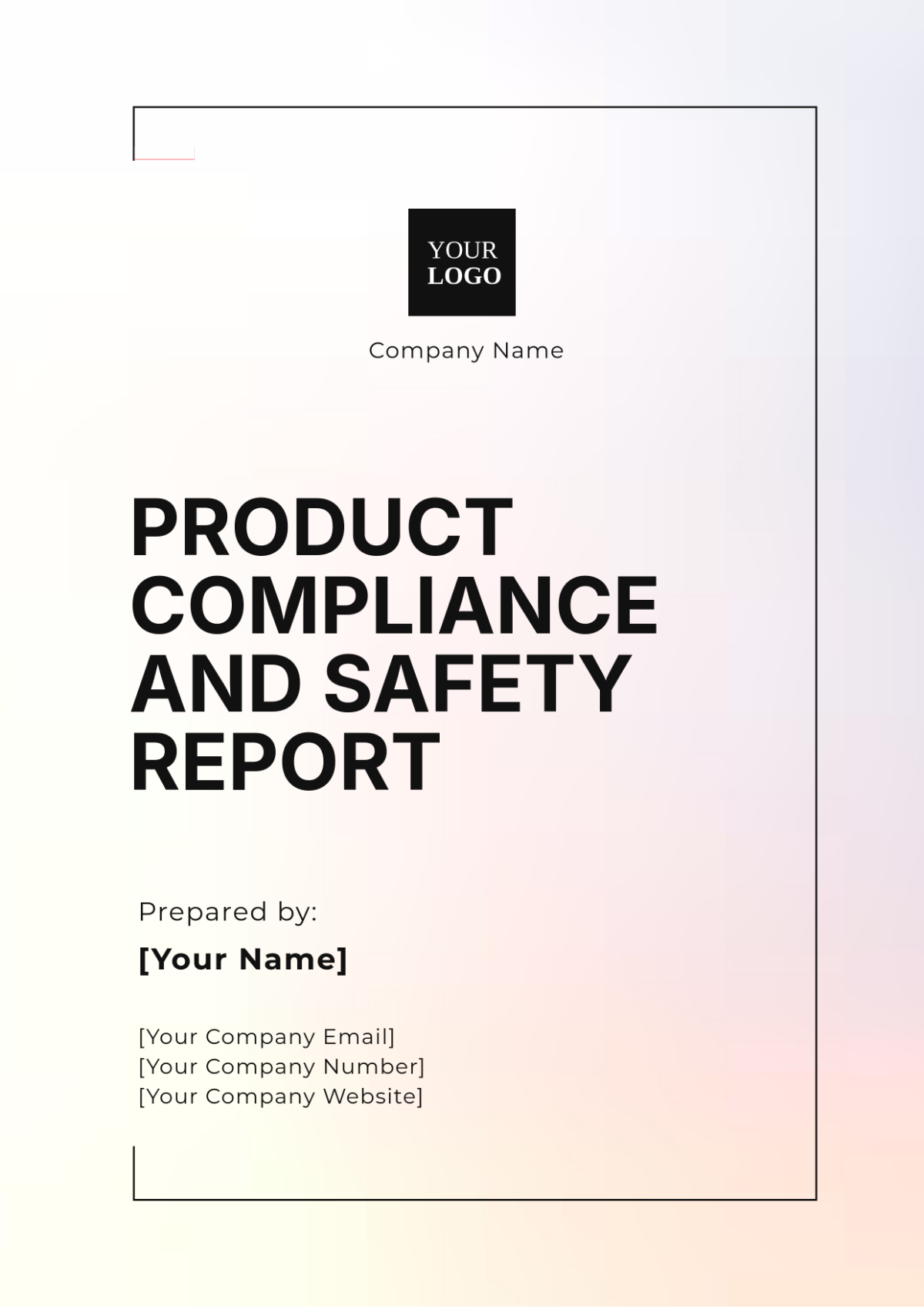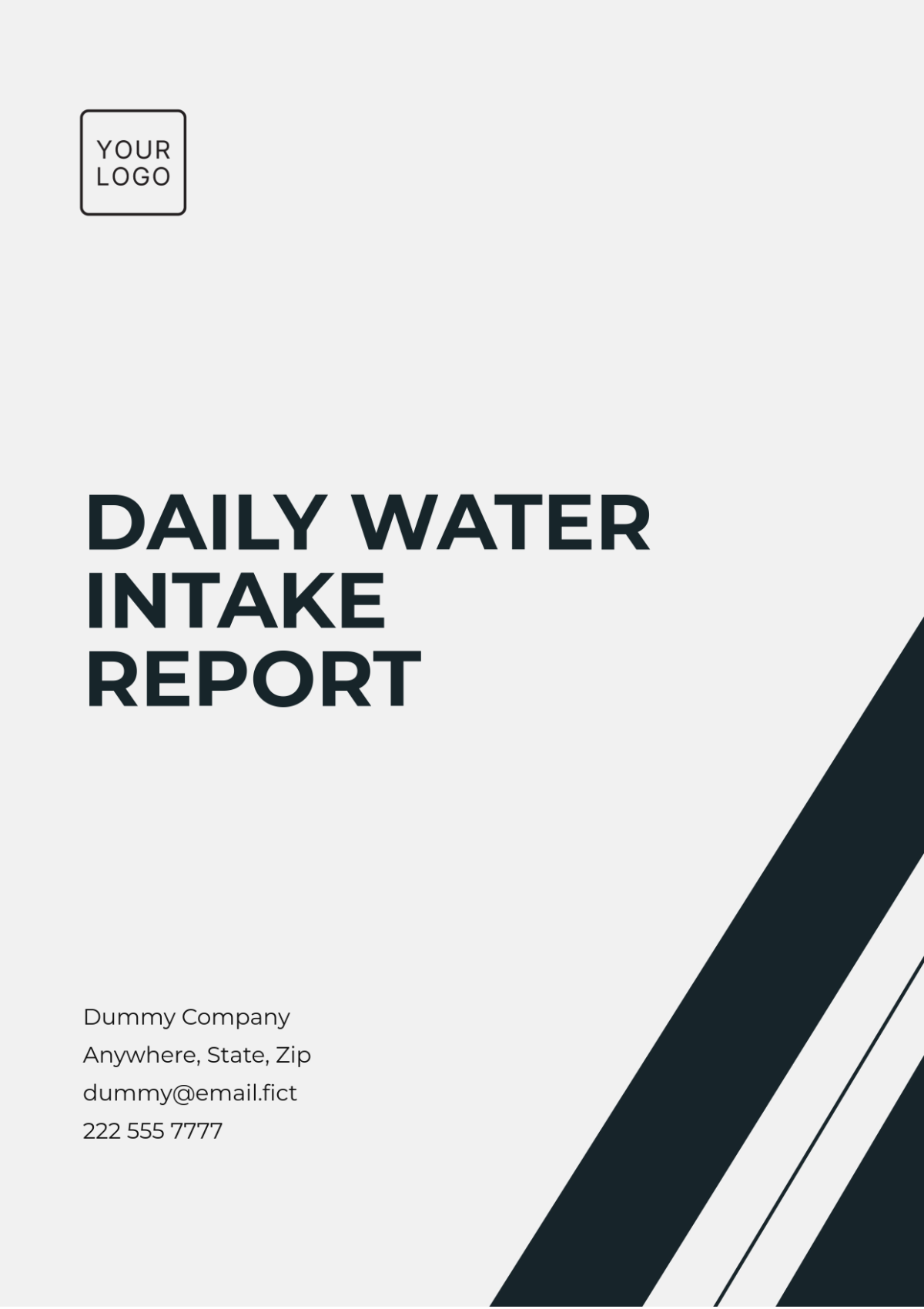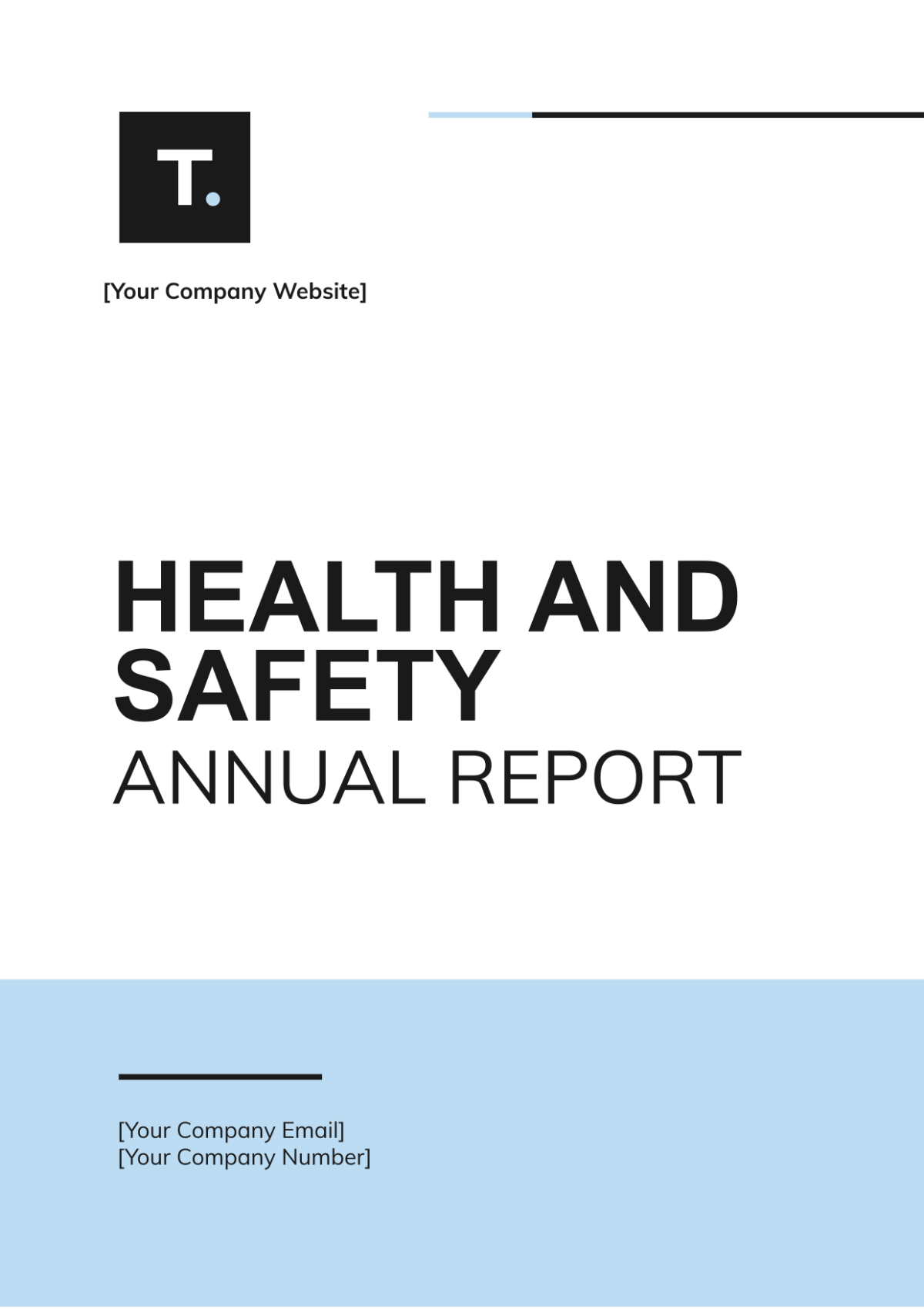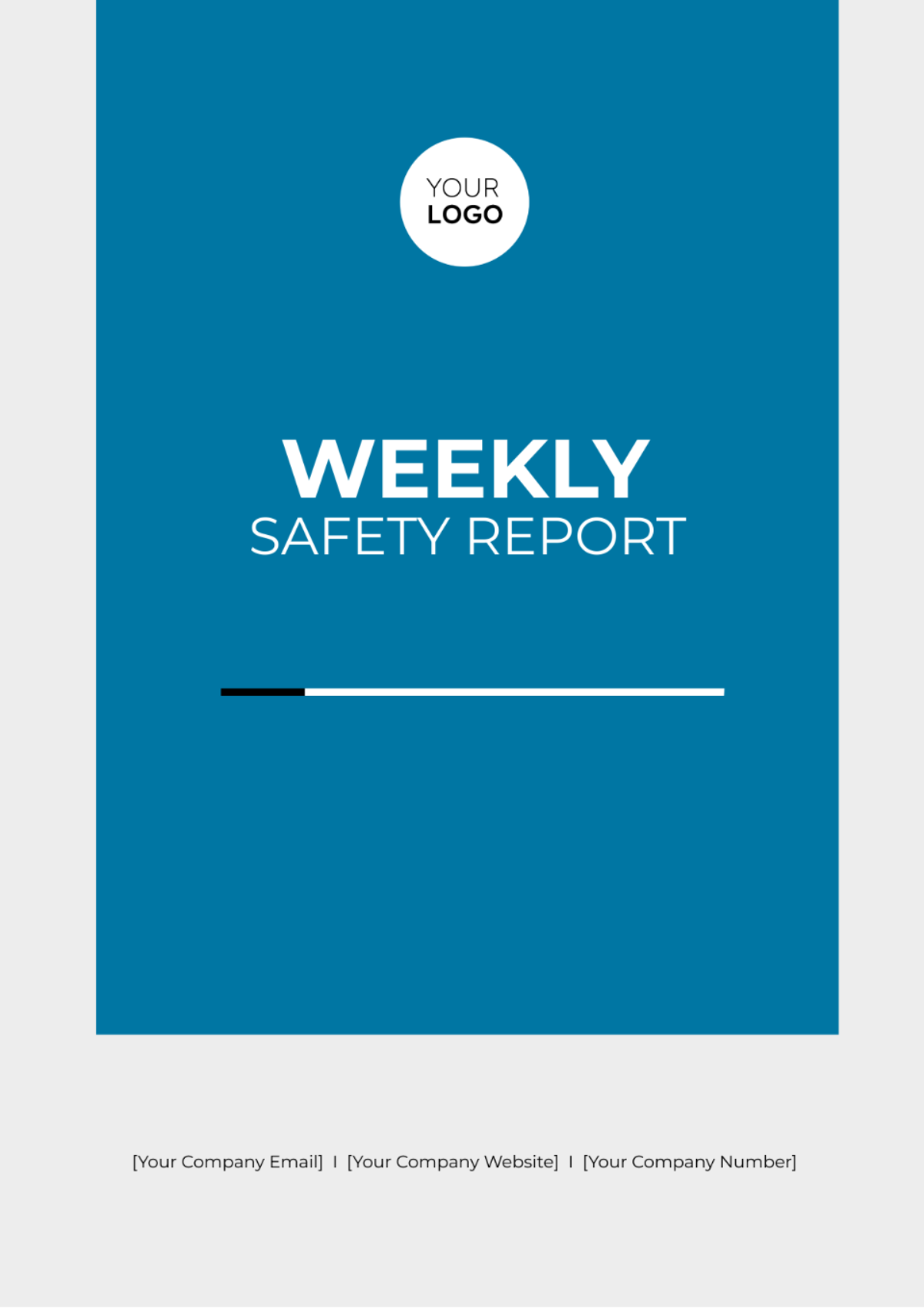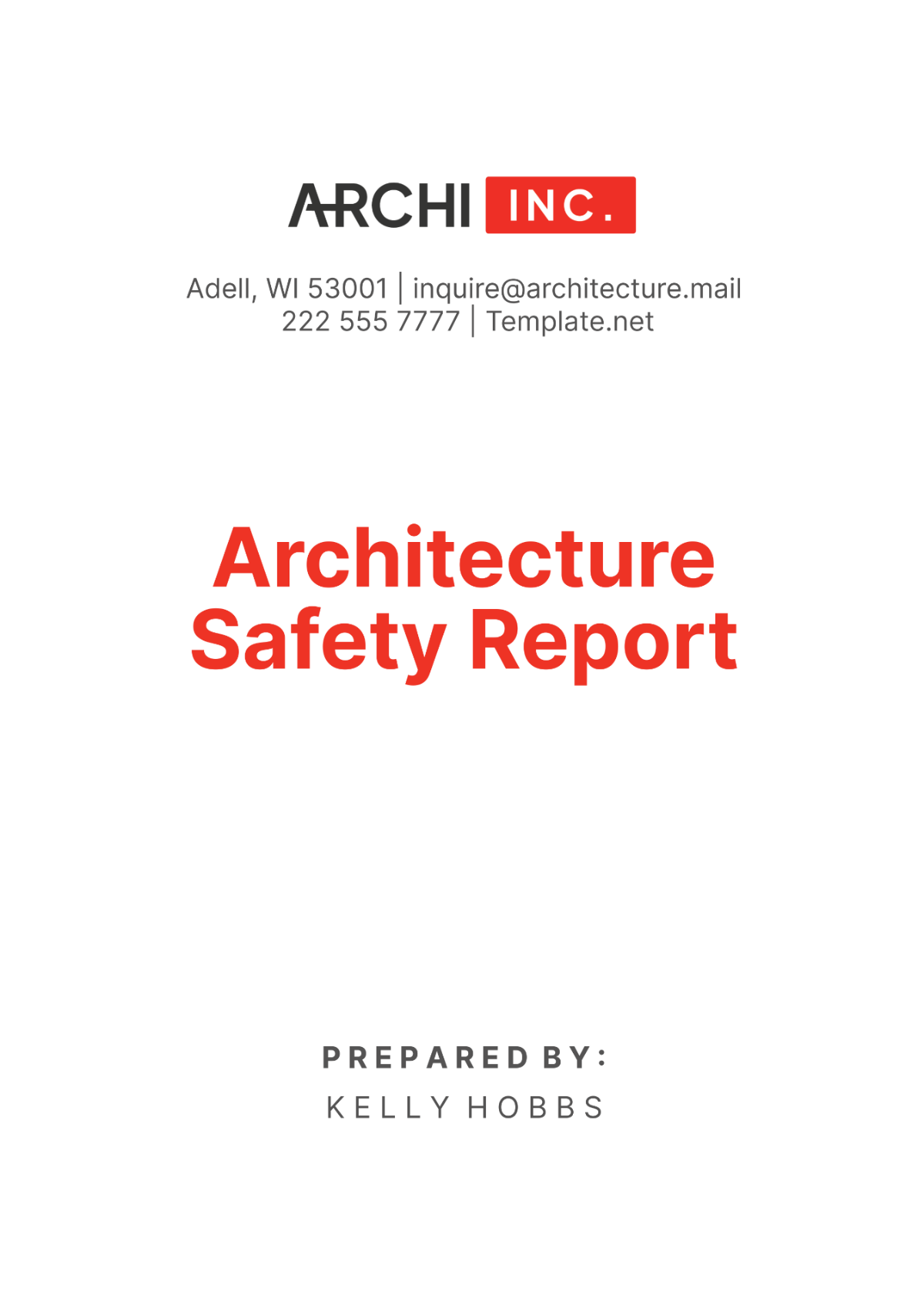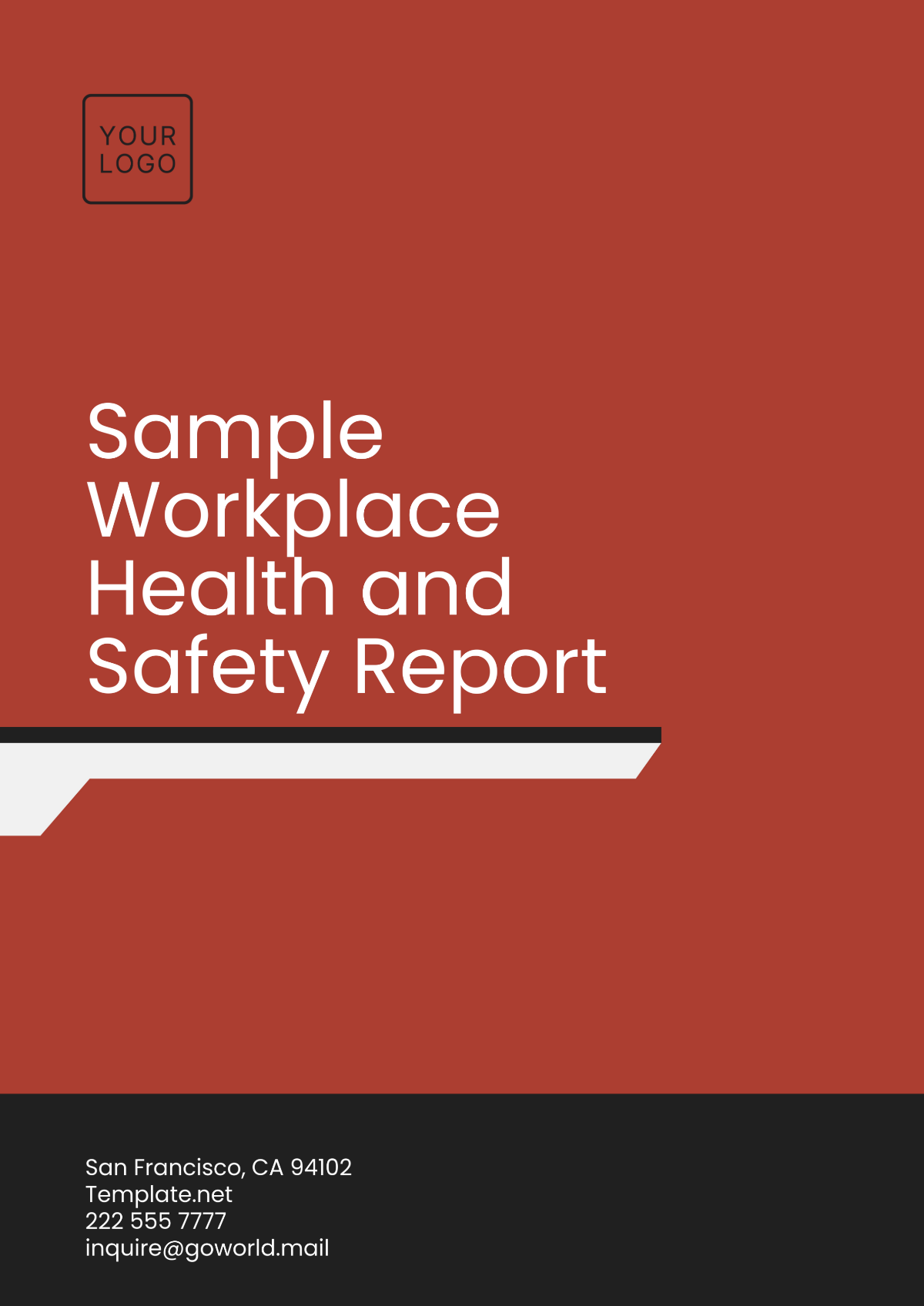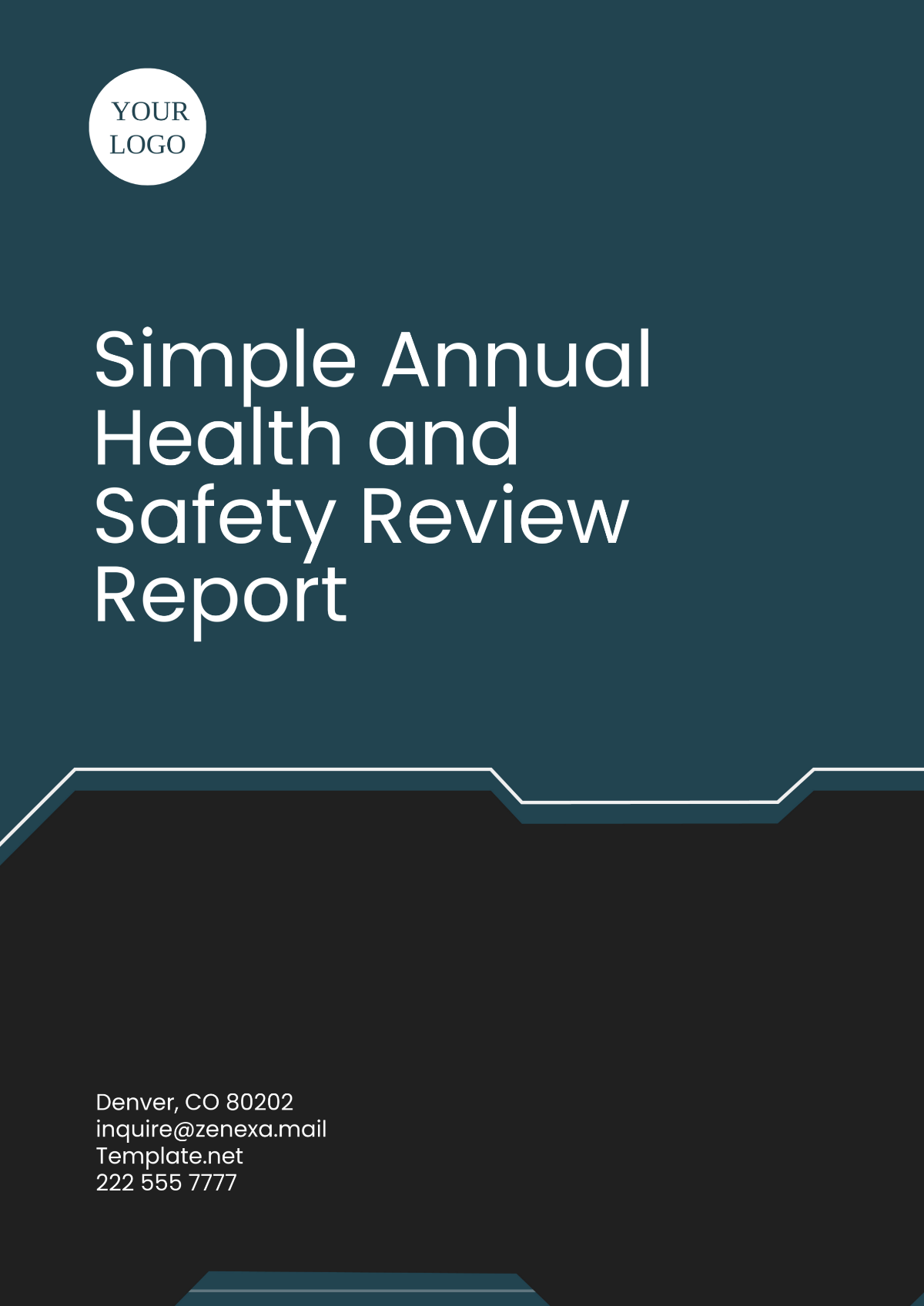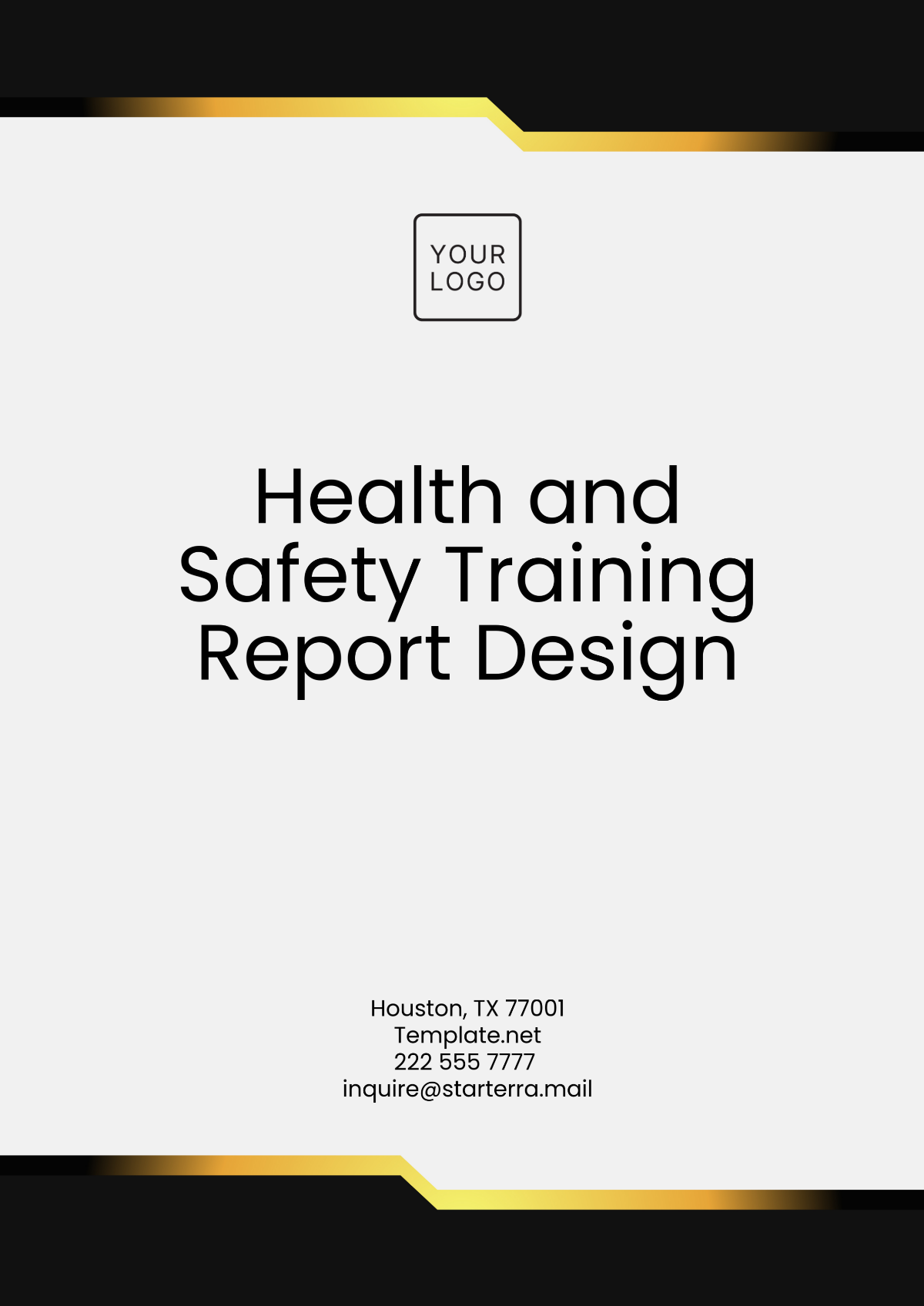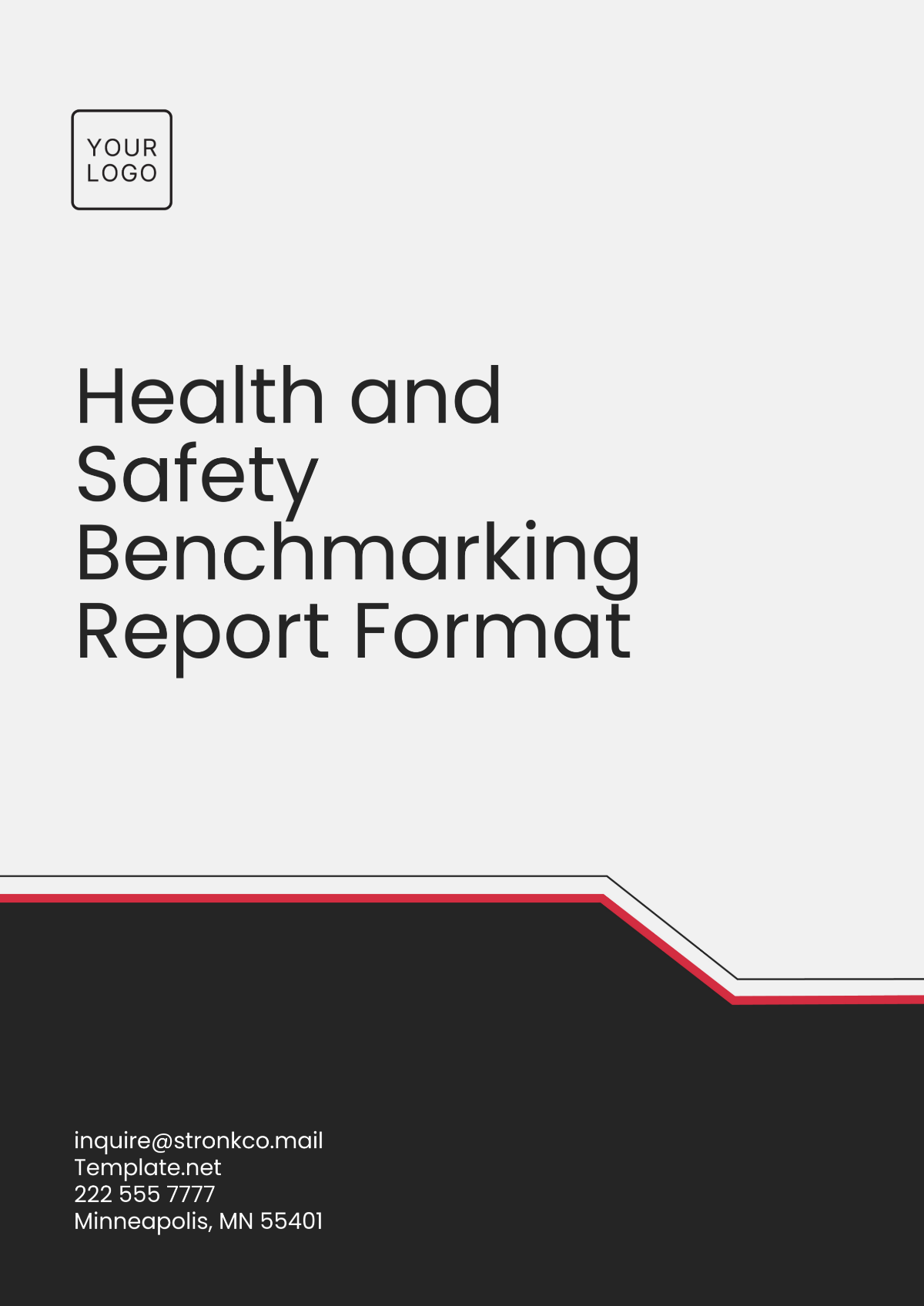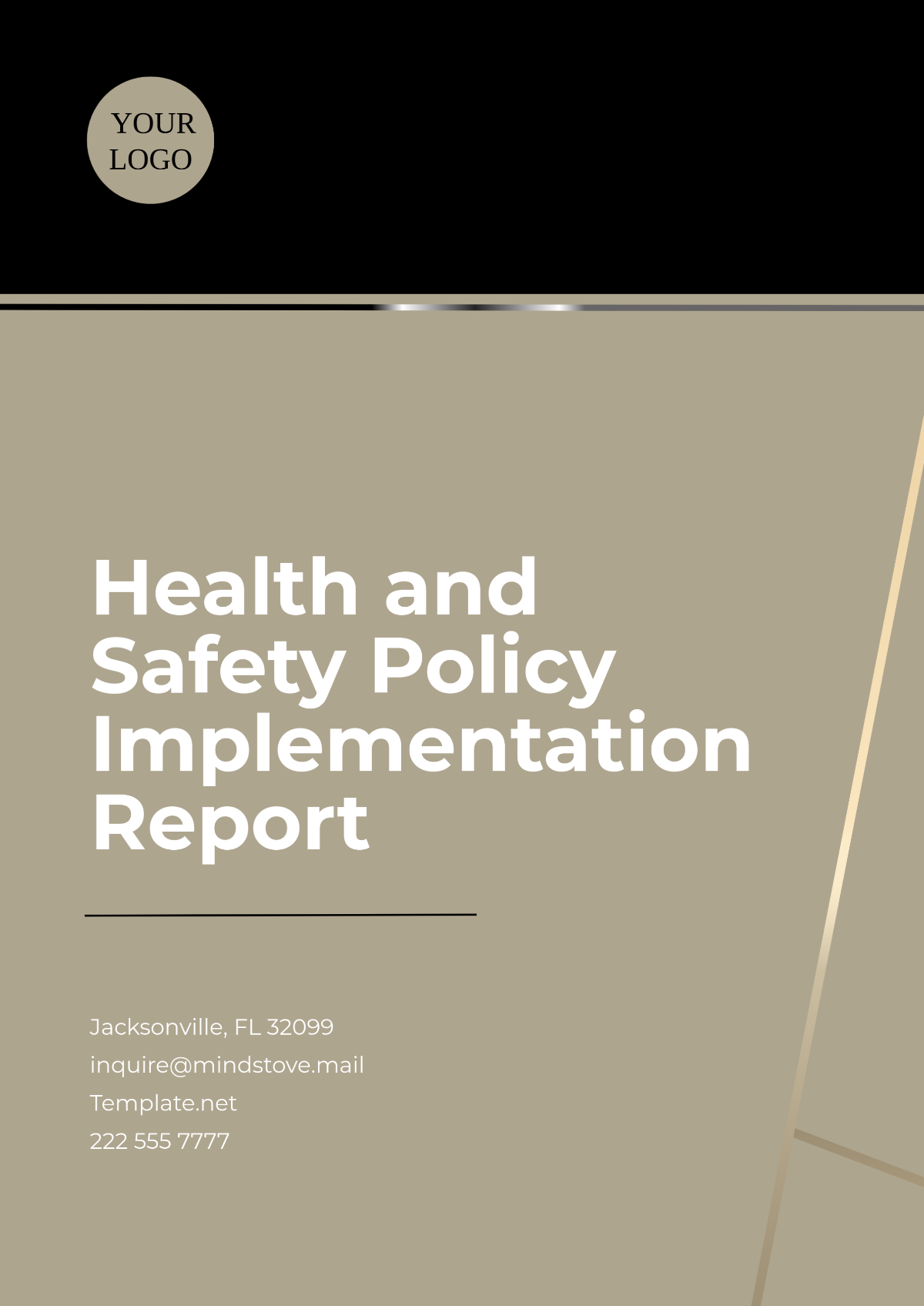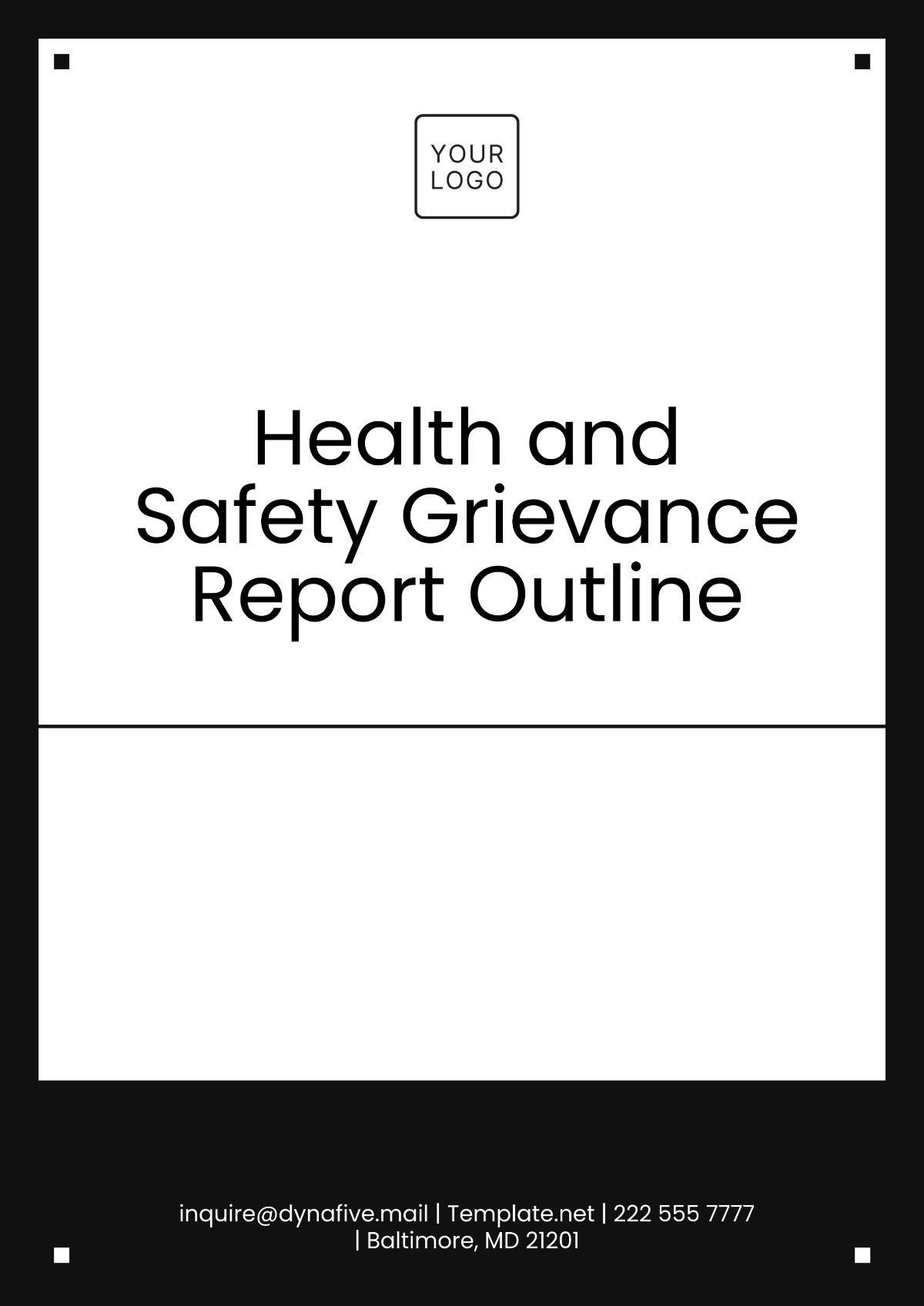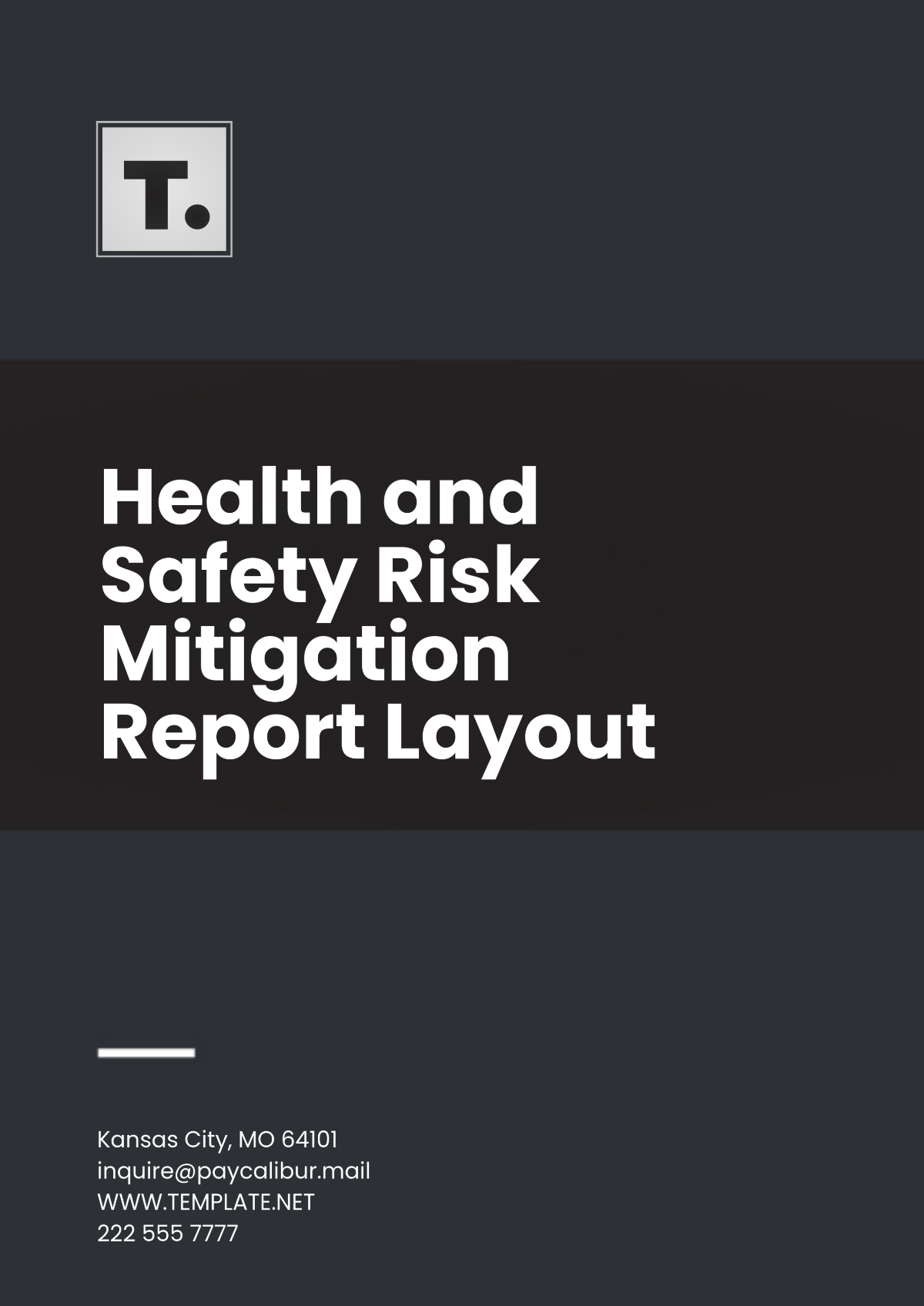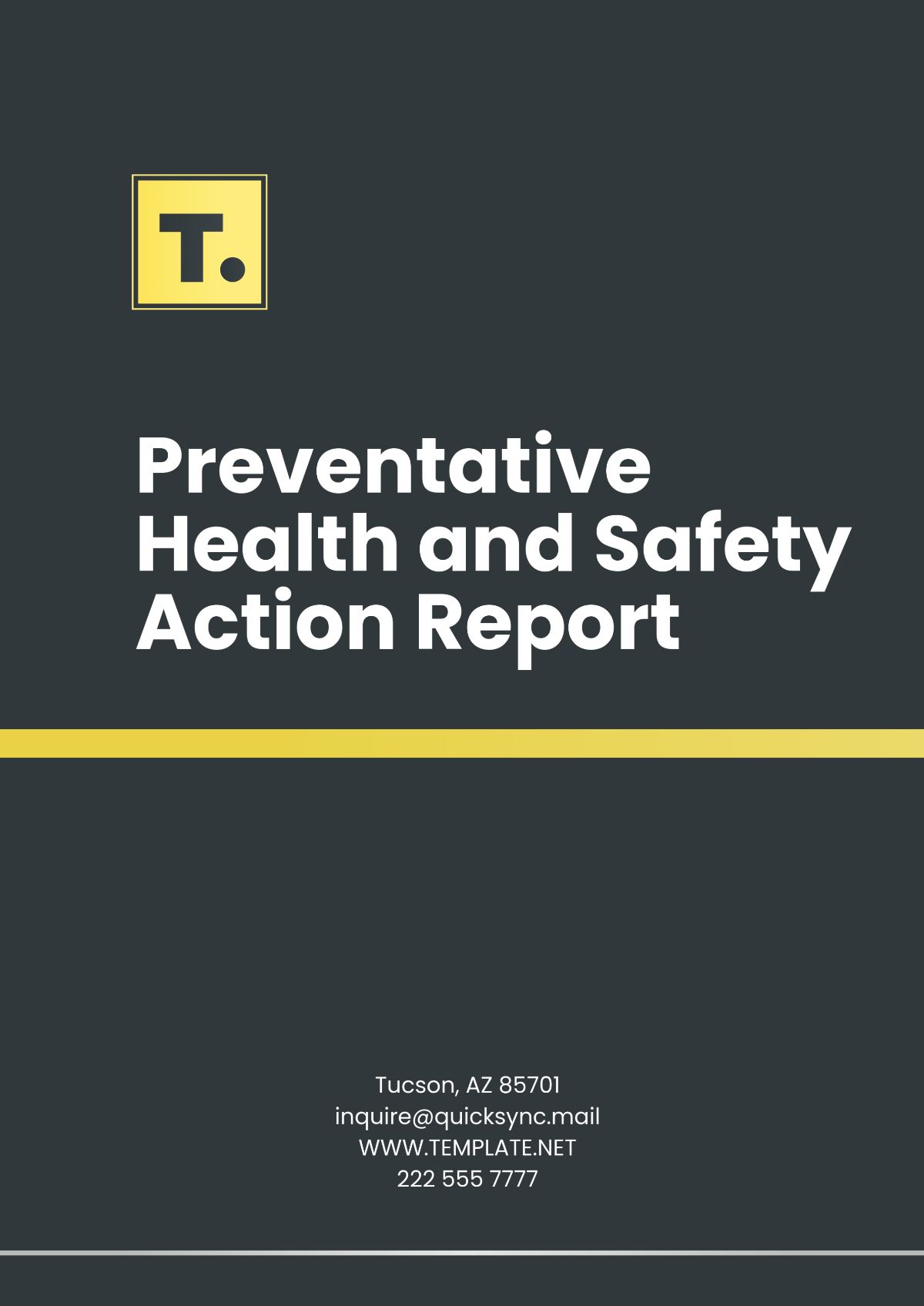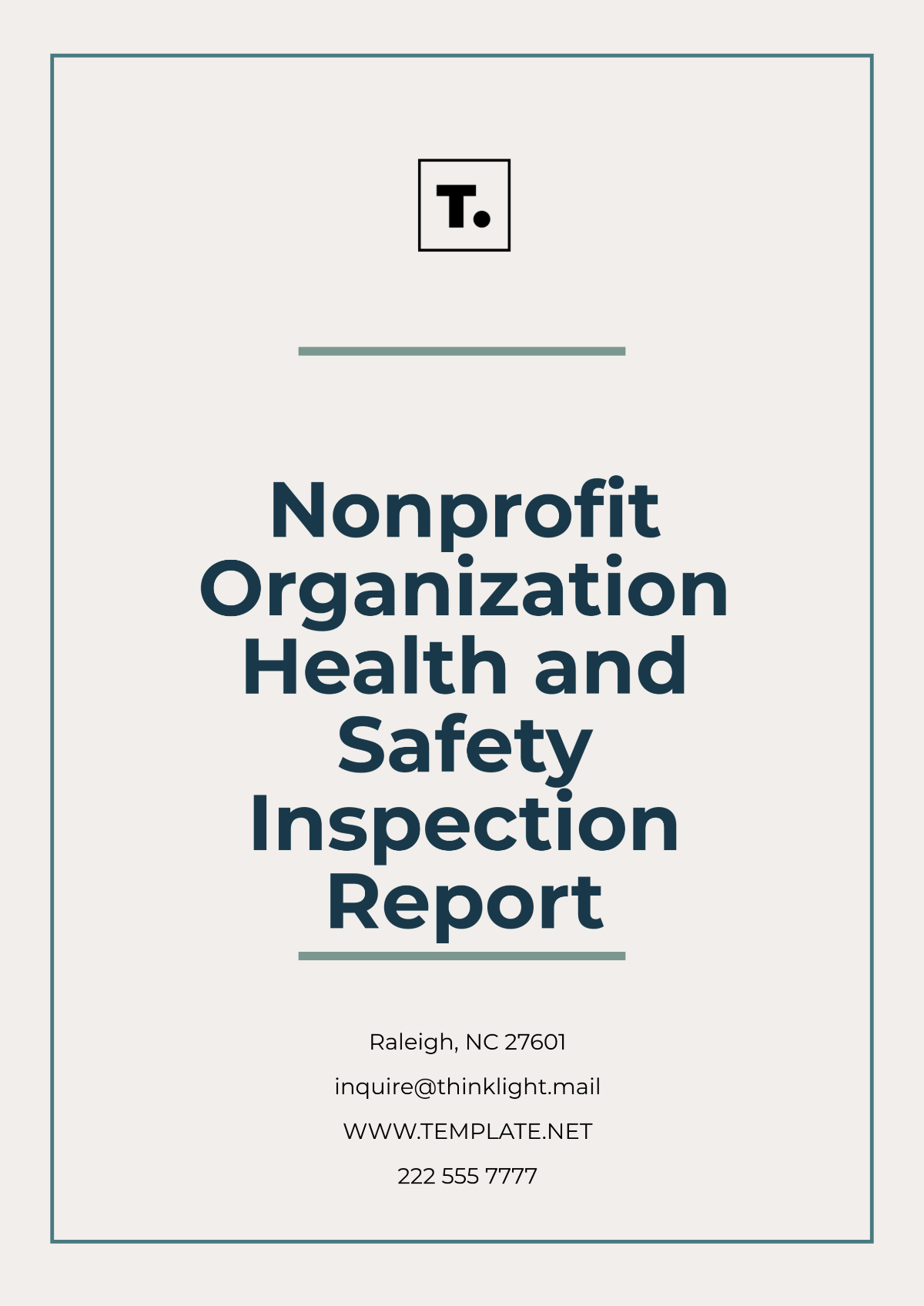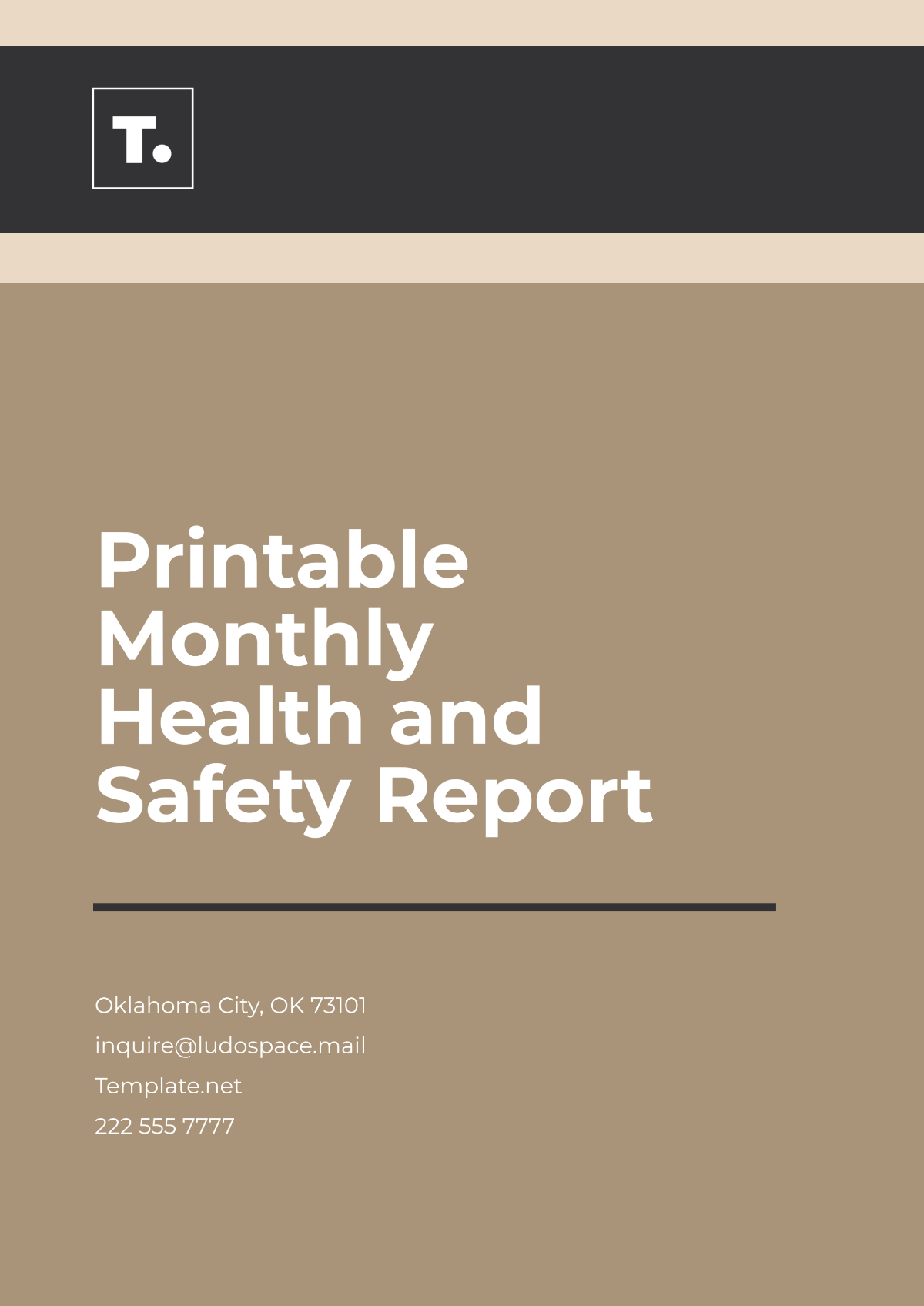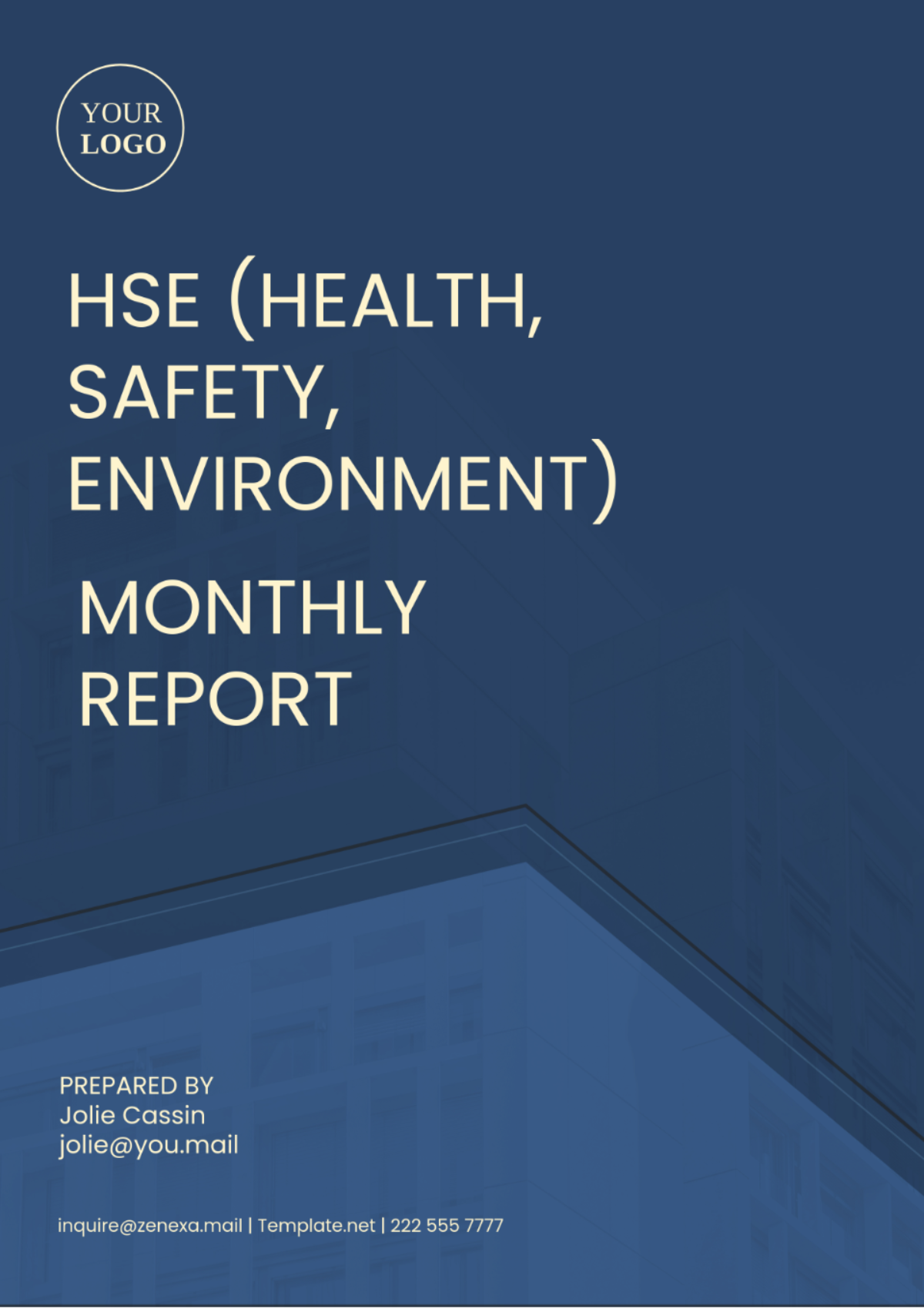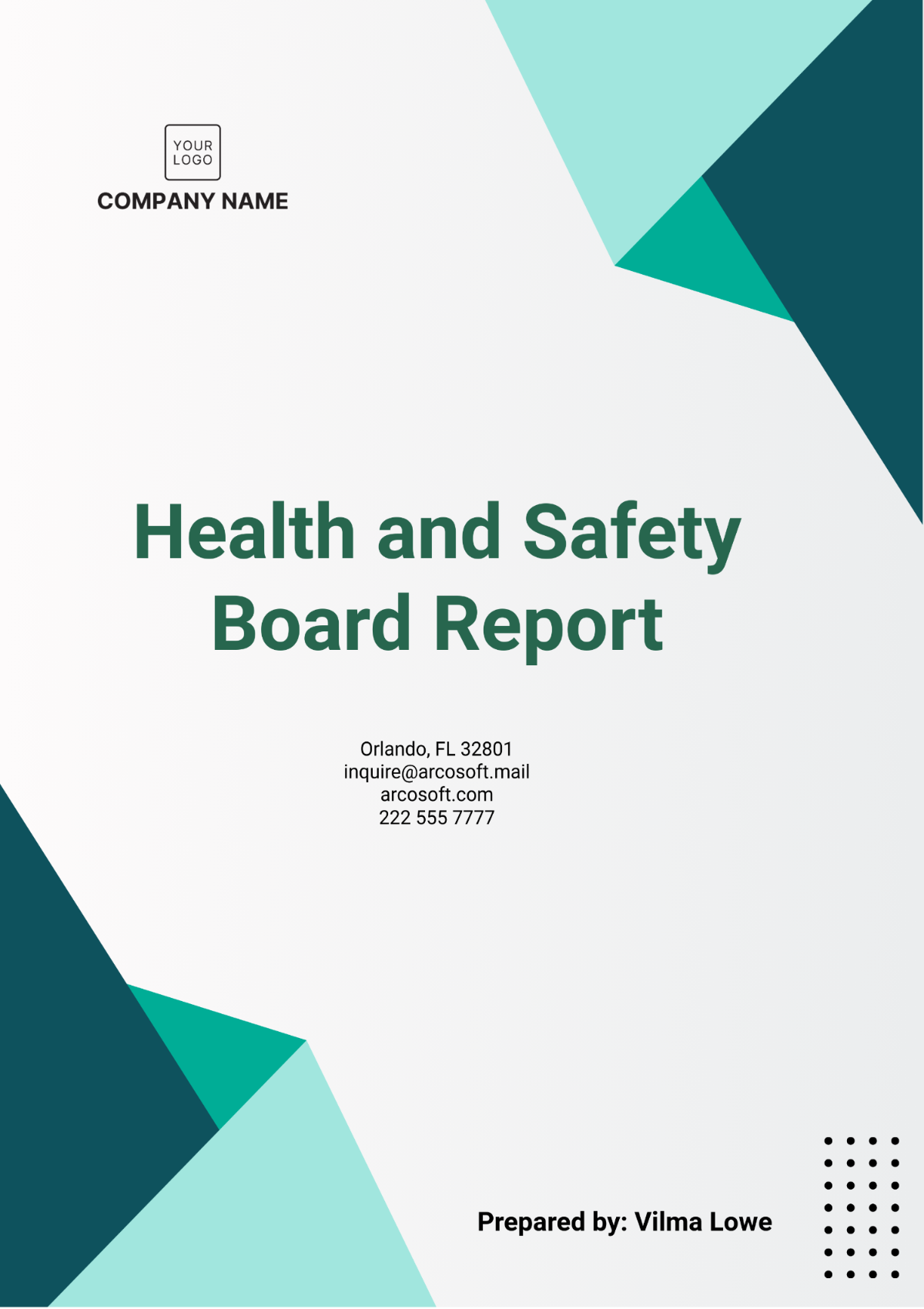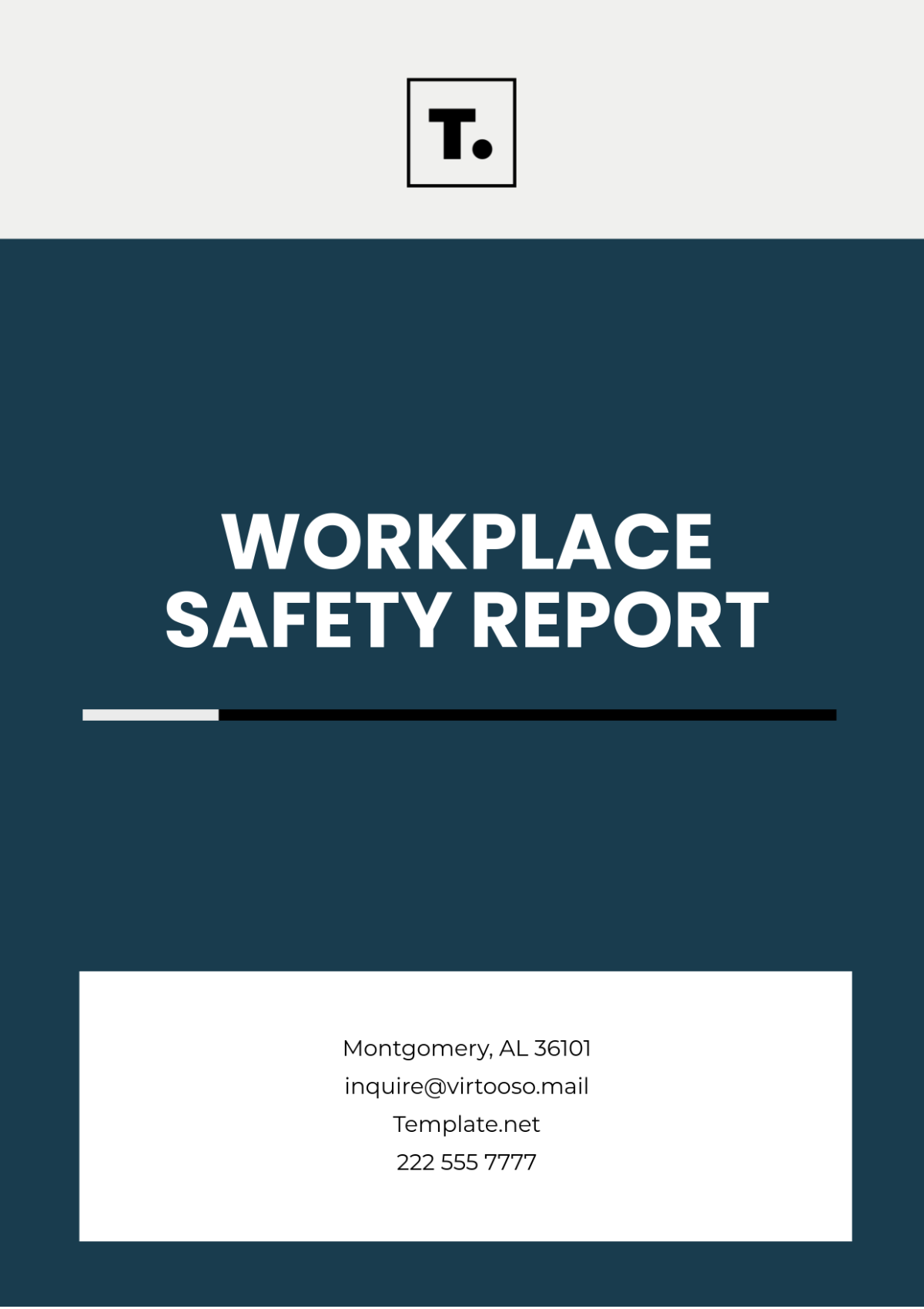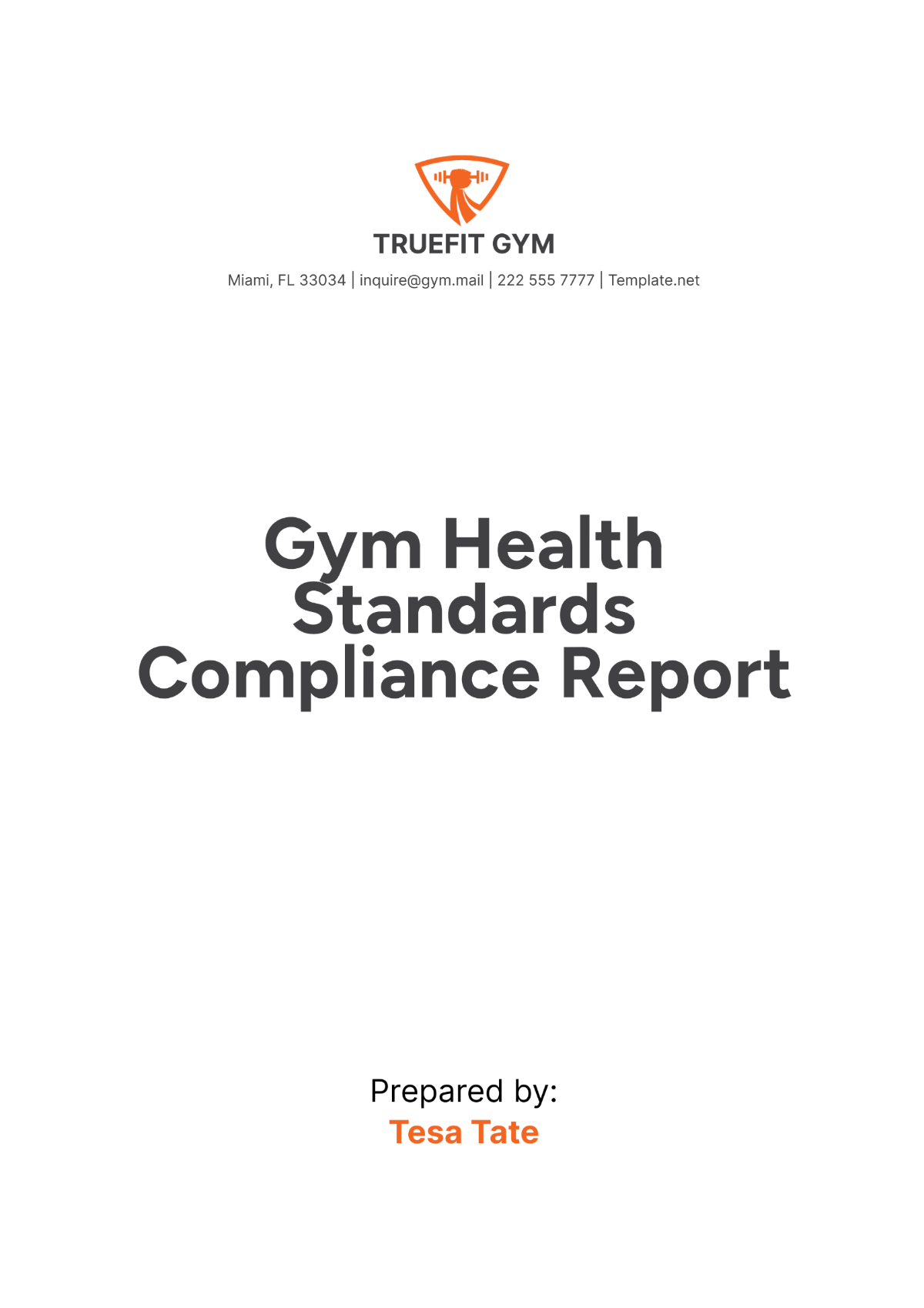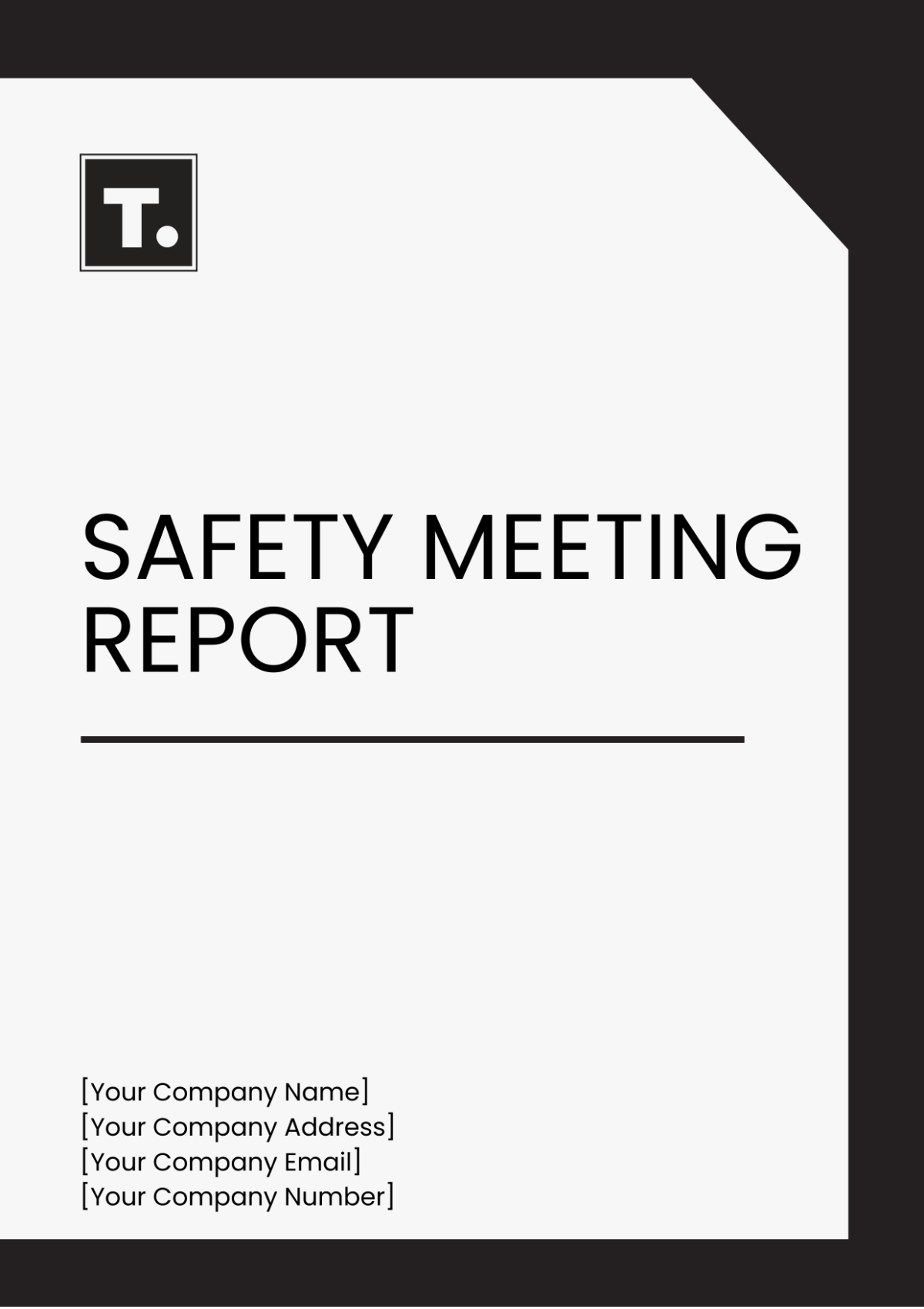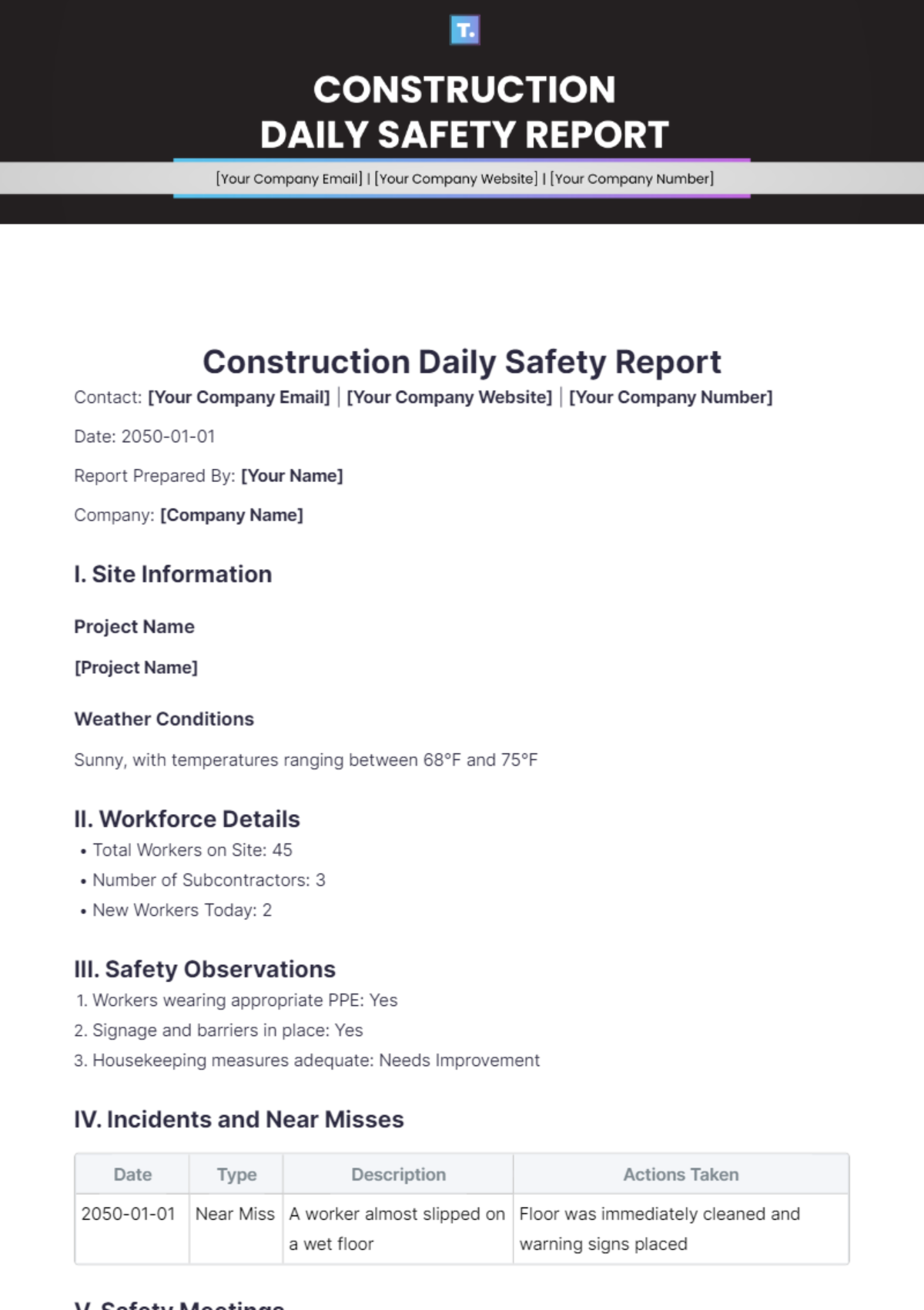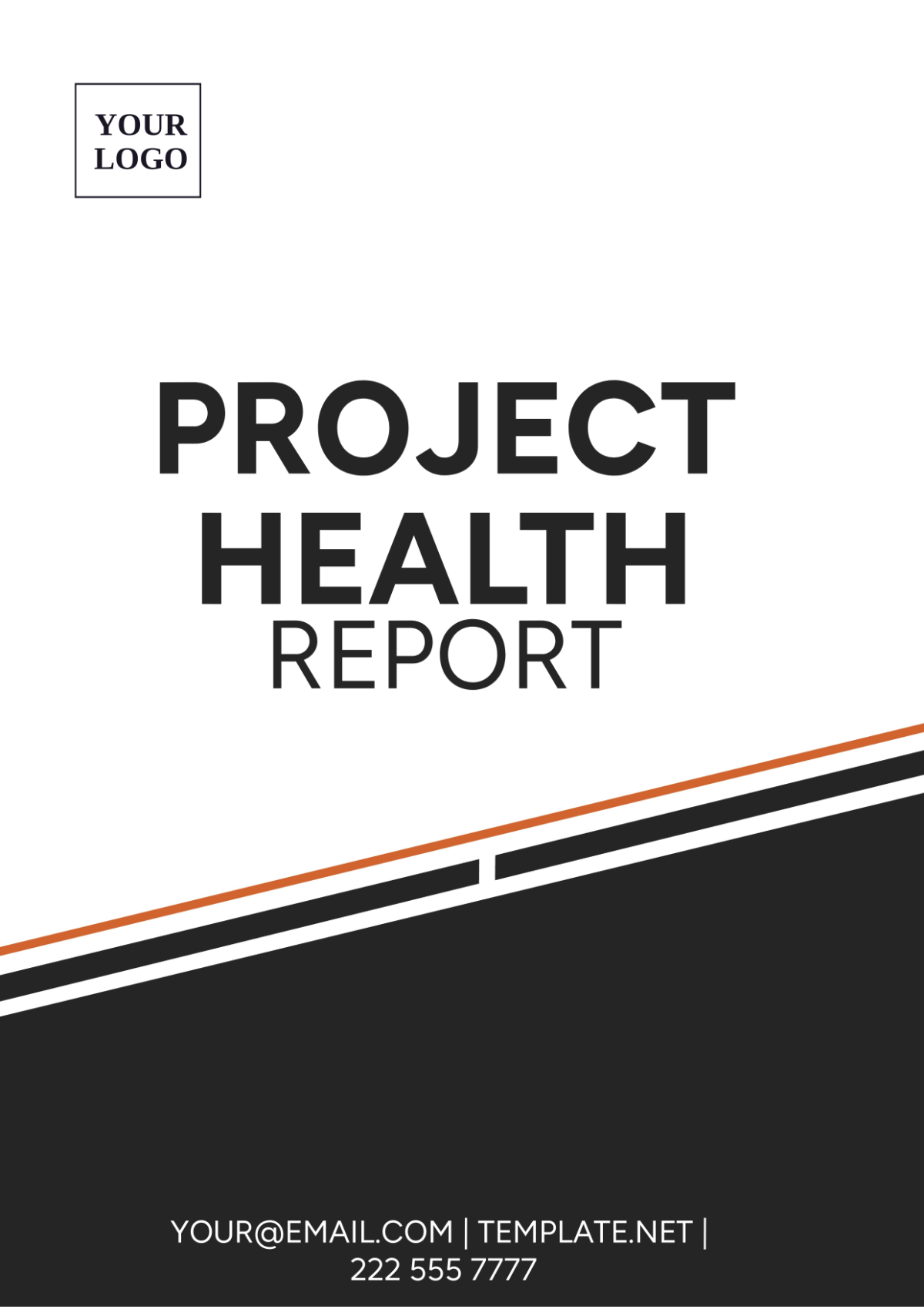Project Health Report
Prepared by: | [Your Name] |
Company | [Your Company Name] |
Date: | February 15, 2050 |
I. Executive Summary
Project X, initiated on January 15, 2050, aims to develop a next-generation renewable energy system. As of May 21, 2050, significant progress has been made in research and development, with several milestones achieved. However, challenges related to resource constraints and technological hurdles persist. The project is on track to deliver a groundbreaking solution that addresses the world's growing energy needs while mitigating environmental impact.
II. Project Overview
Project X seeks to revolutionize the energy industry by creating an innovative renewable energy solution. Led by [Your Name], a renowned expert in sustainable energy technologies, the project involves designing, prototyping, and testing cutting-edge technologies to harness solar and wind energy more efficiently. Stakeholders include investors, government agencies, environmental organizations, and potential end-users.
III. Status Update
Since the last report, the project has made substantial strides. Research activities have resulted in the successful prototype of a hybrid solar-wind energy system, exceeding initial performance expectations. Additionally, partnerships with key industry players have been established to facilitate technology transfer and scalability. The team is currently focused on optimizing the prototype for field testing and commercial production.
IV. Key Metrics and Performance Indicators
Schedule Adherence: 85% completion of planned tasks by Q2 2050.
Budget Utilization: 70% of allocated funds expended, with the remaining budget allocated for scaling up production.
Quality Metrics: Prototype reliability tested at 98% uptime in simulated conditions.
V. Risks and Issues
A. Resource Constraints
The limited availability of rare earth metals poses a risk to production scalability.
Mitigation: Exploring alternative materials and supply chain diversification.
B. Technological Hurdles
Integration challenges between solar and wind components require additional R&D efforts.
Mitigation: Increased collaboration with academic institutions and technology partners.
VI. Resource Utilization
A. Human Resources
Project team: 30 full-time researchers and engineers.
External consultants: 10 experts specializing in renewable energy technologies.
B. Financial Resources
Allocated Budget: $50 million.
Expenditures to Date: $35 million.
Resource Type | Allocation | Expenditure |
|---|---|---|
Research & Development | $30 million | $25 million |
Production & Testing | $15 million | $8 million |
Marketing & Outreach | $5 million | $2 million |
VII. Financial Status
A. Budget Allocation
Research & Development: $30 million.
Production & Testing: $15 million.
Marketing & Outreach: $5 million.
B. Expenditure Breakdown
Research & Development: $25 million.
Production & Testing: $8 million.
Marketing & Outreach: $2 million.
VIII. Milestones and Deliverables
A. Completed
Prototype Development: March 2050.
Initial Performance Testing: April 2050.
B. Upcoming
Field Testing: Q3 2050.
Commercial Production Launch: Q4 2050.
IX. Change Management
No significant changes to project scope or schedule have occurred since the last report. Minor adjustments to resource allocation have been made to address emerging challenges.
X. Communication and Stakeholder Engagement
Regular updates have been provided to stakeholders through monthly progress meetings, email newsletters, and a dedicated project website. Feedback from stakeholders has been positive, with strong support for the project's objectives.
XI. Lessons Learned
Collaboration is key: Establishing partnerships early in the project lifecycle enhances access to resources and expertise.
Flexibility is essential: Adapting to unforeseen challenges requires agility and openness to alternative approaches.
XII. Next Steps and Action Items
Conduct field testing to validate prototype performance in real-world conditions.
Refine production processes to optimize efficiency and scalability.
Expand outreach efforts to attract potential investors and strategic partners.
